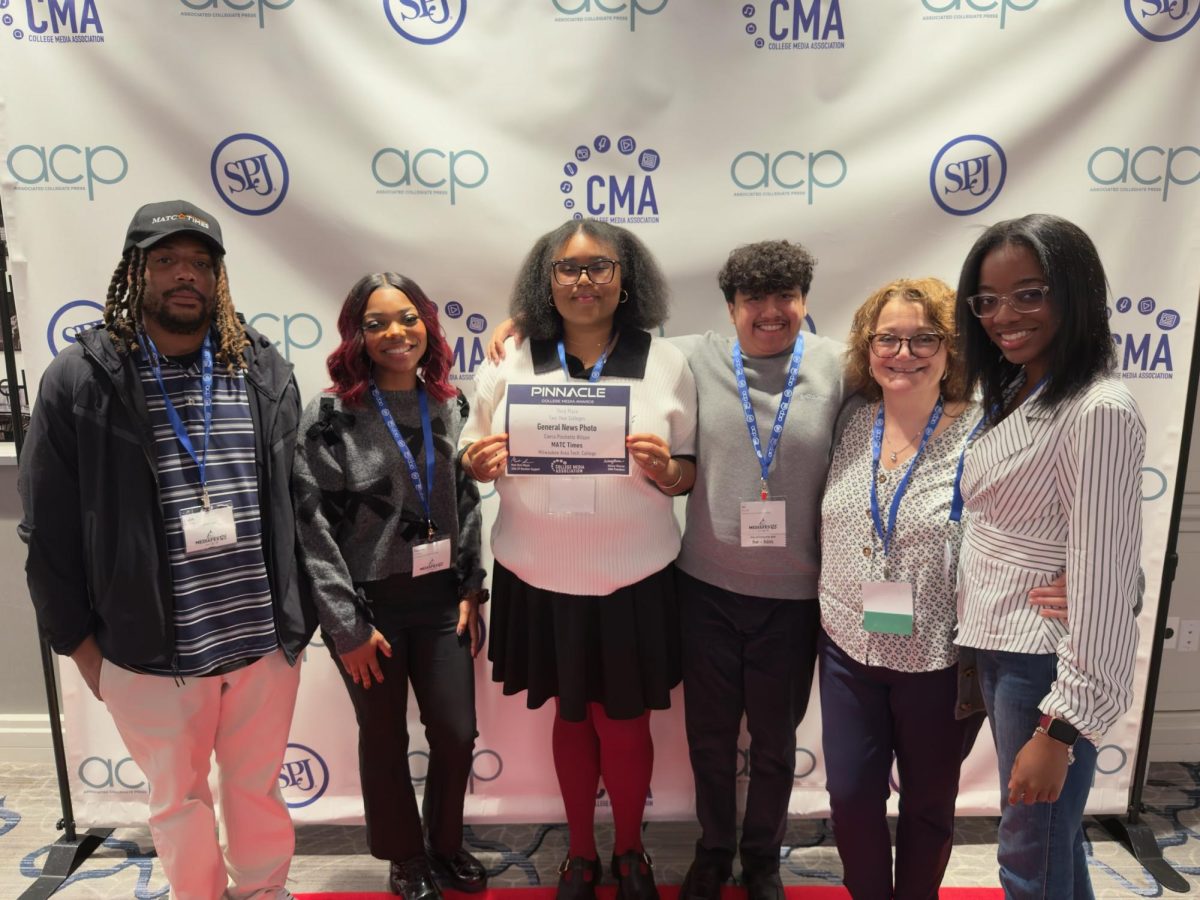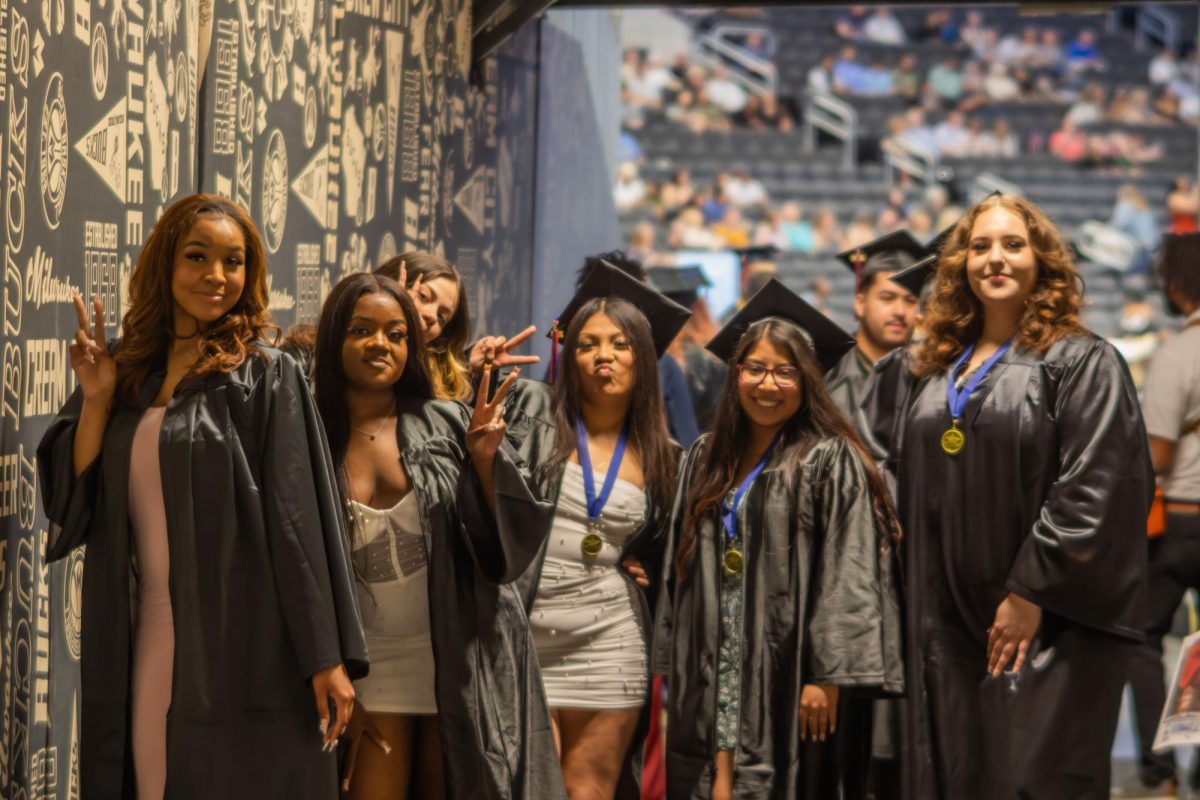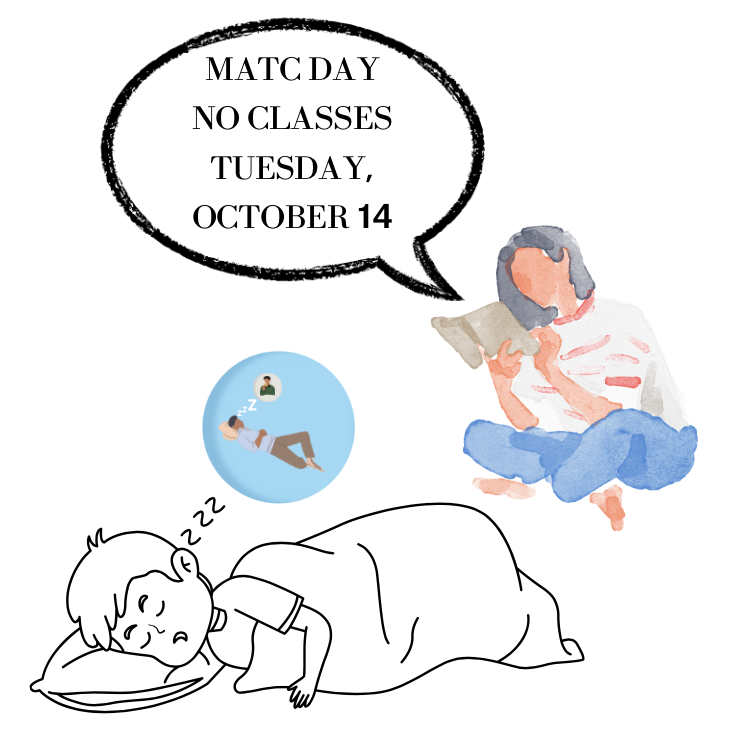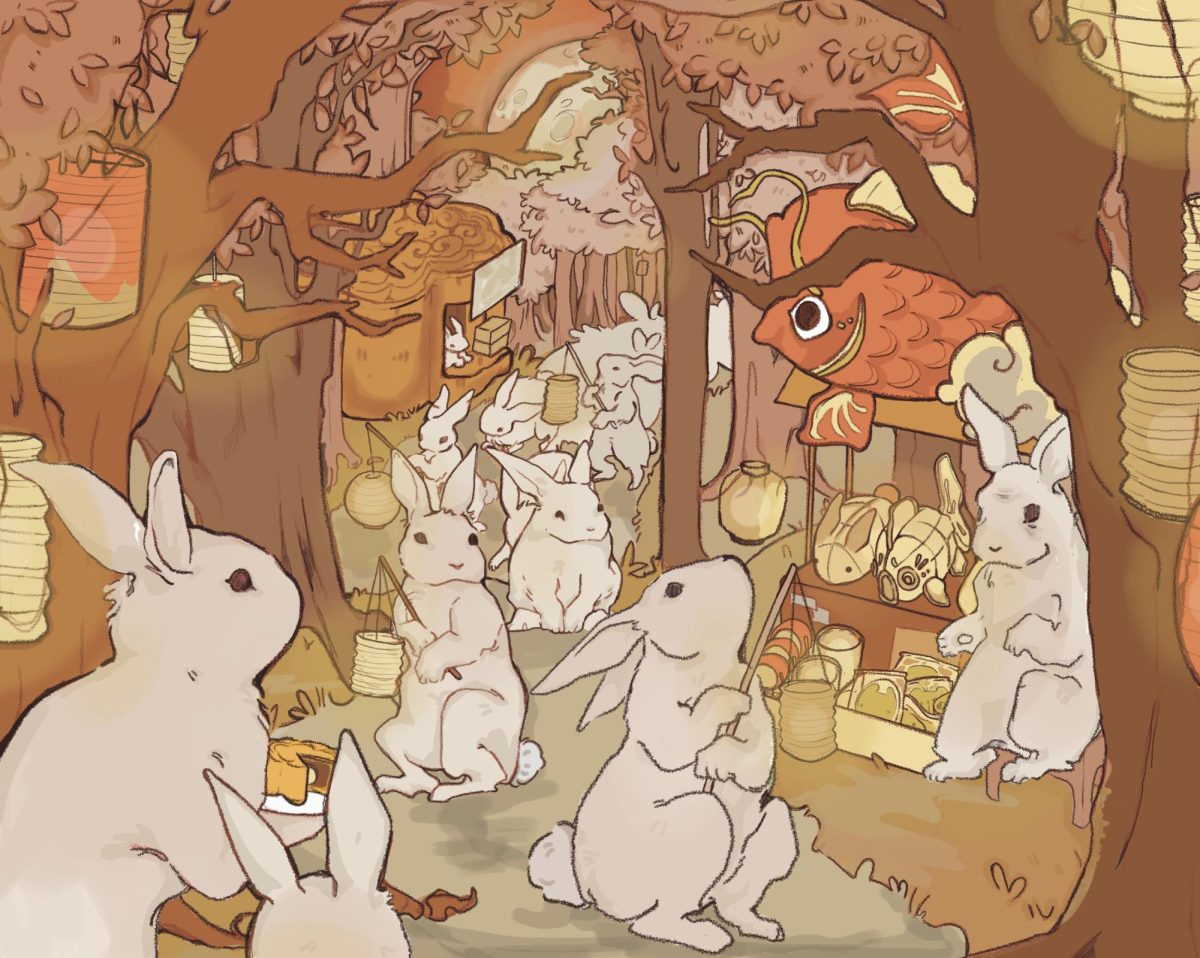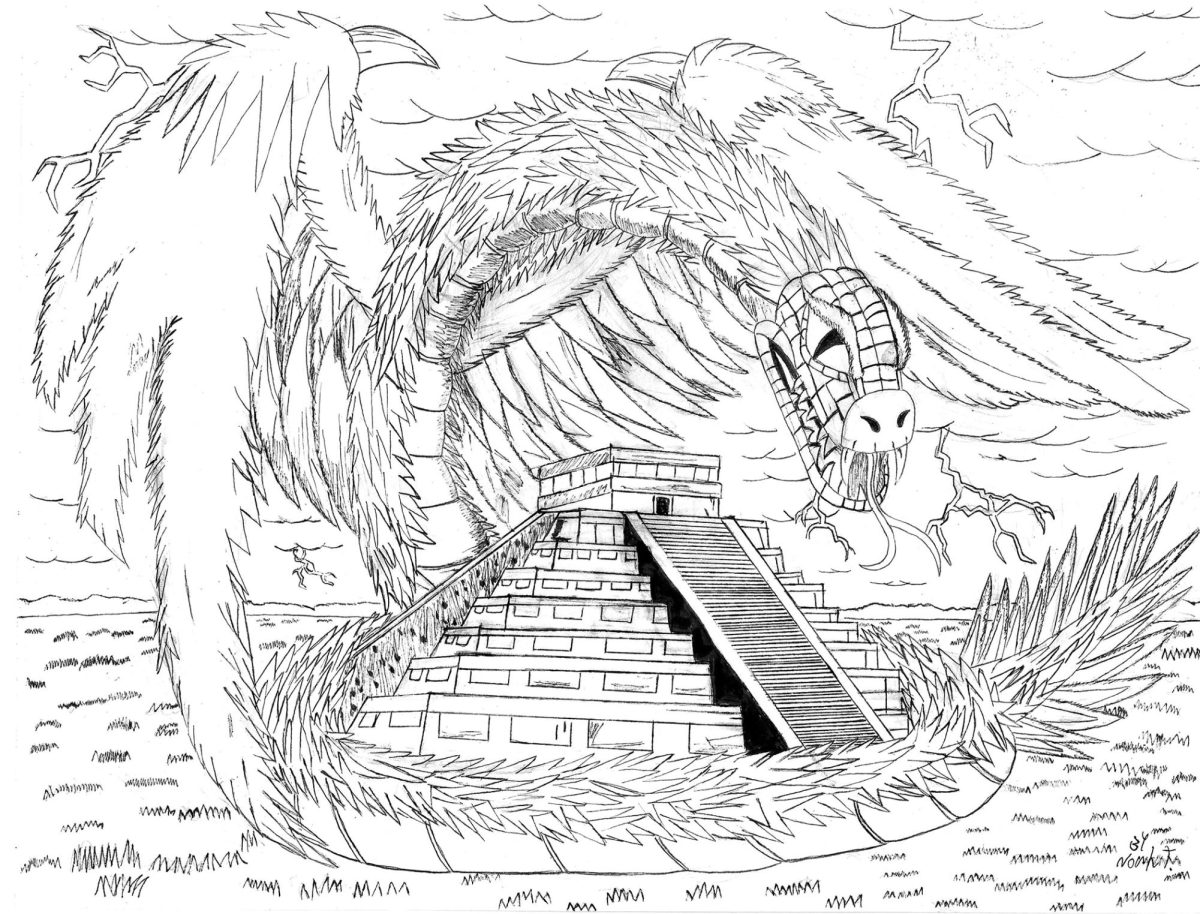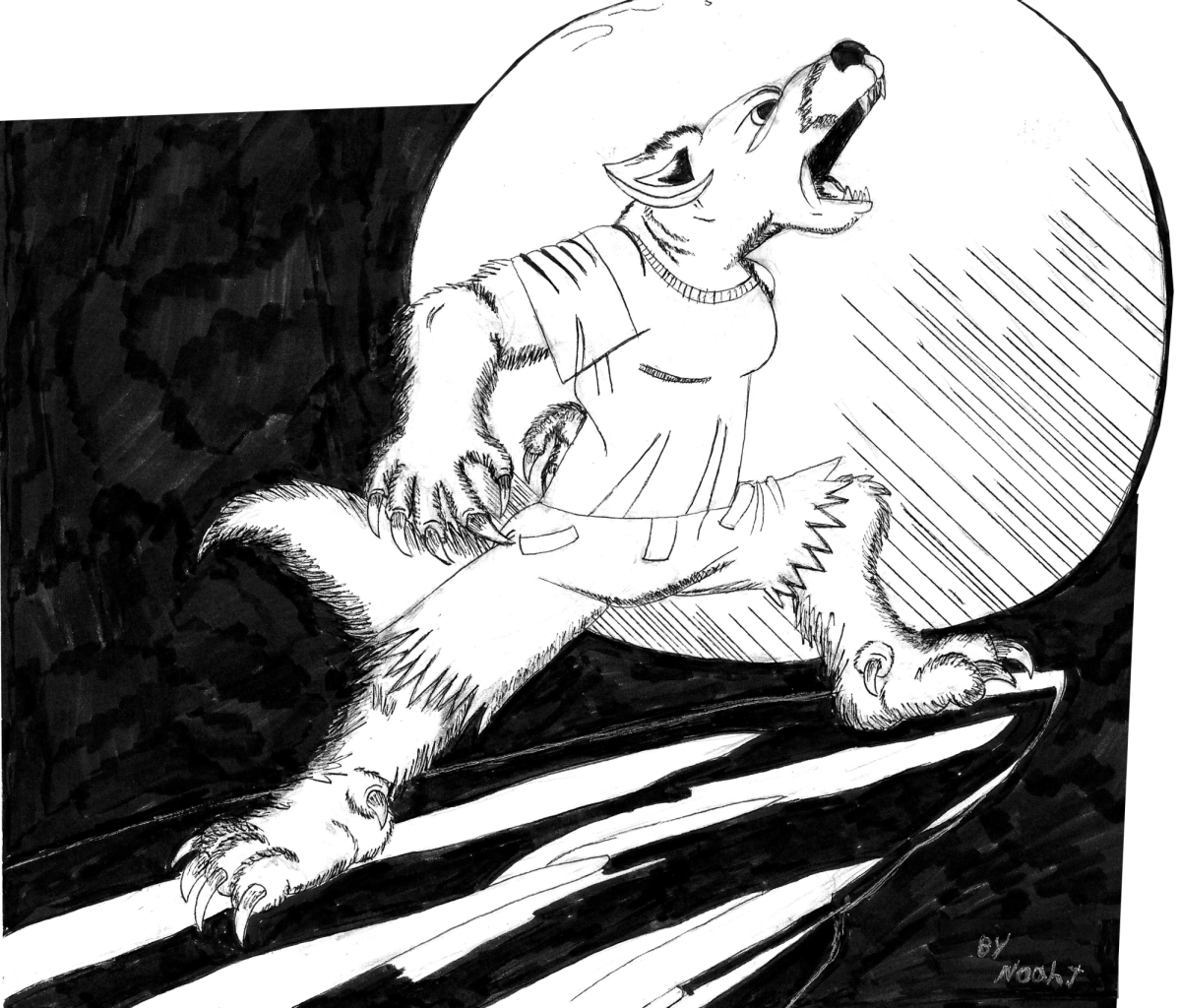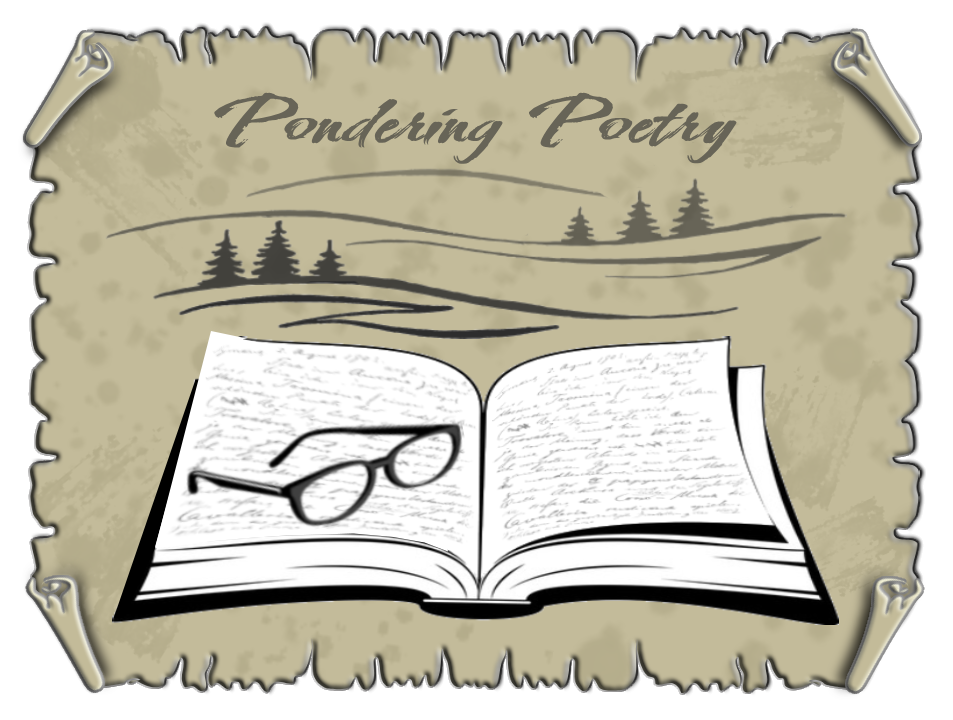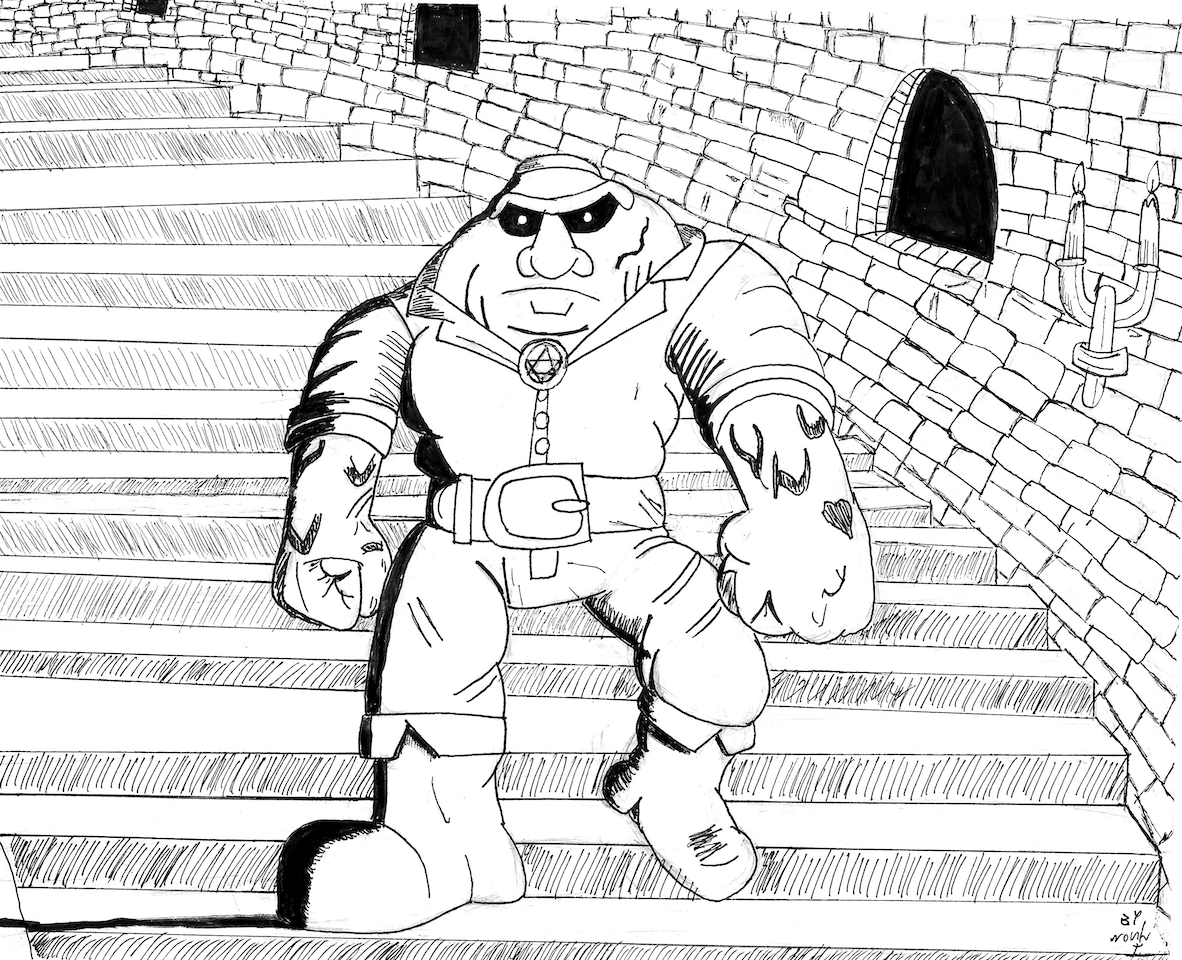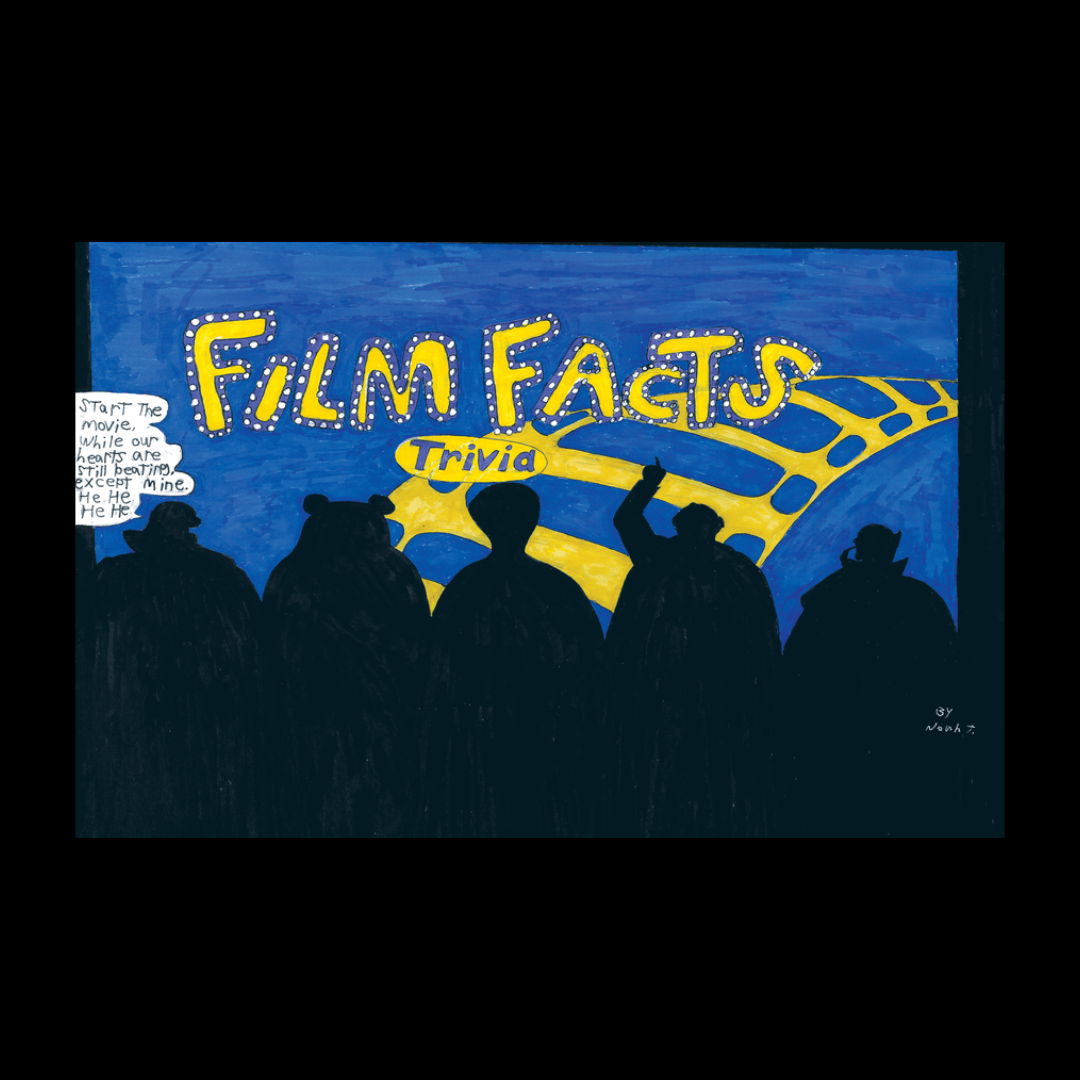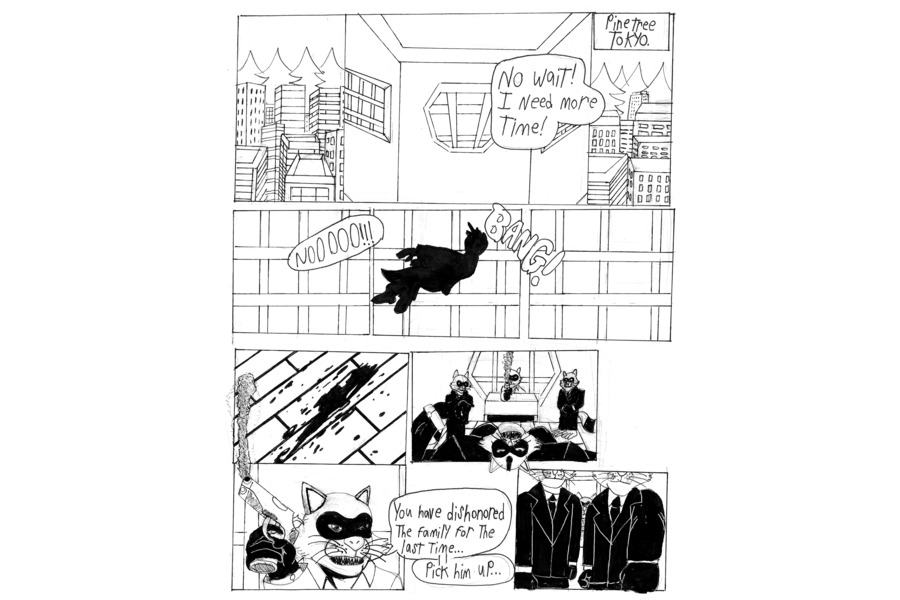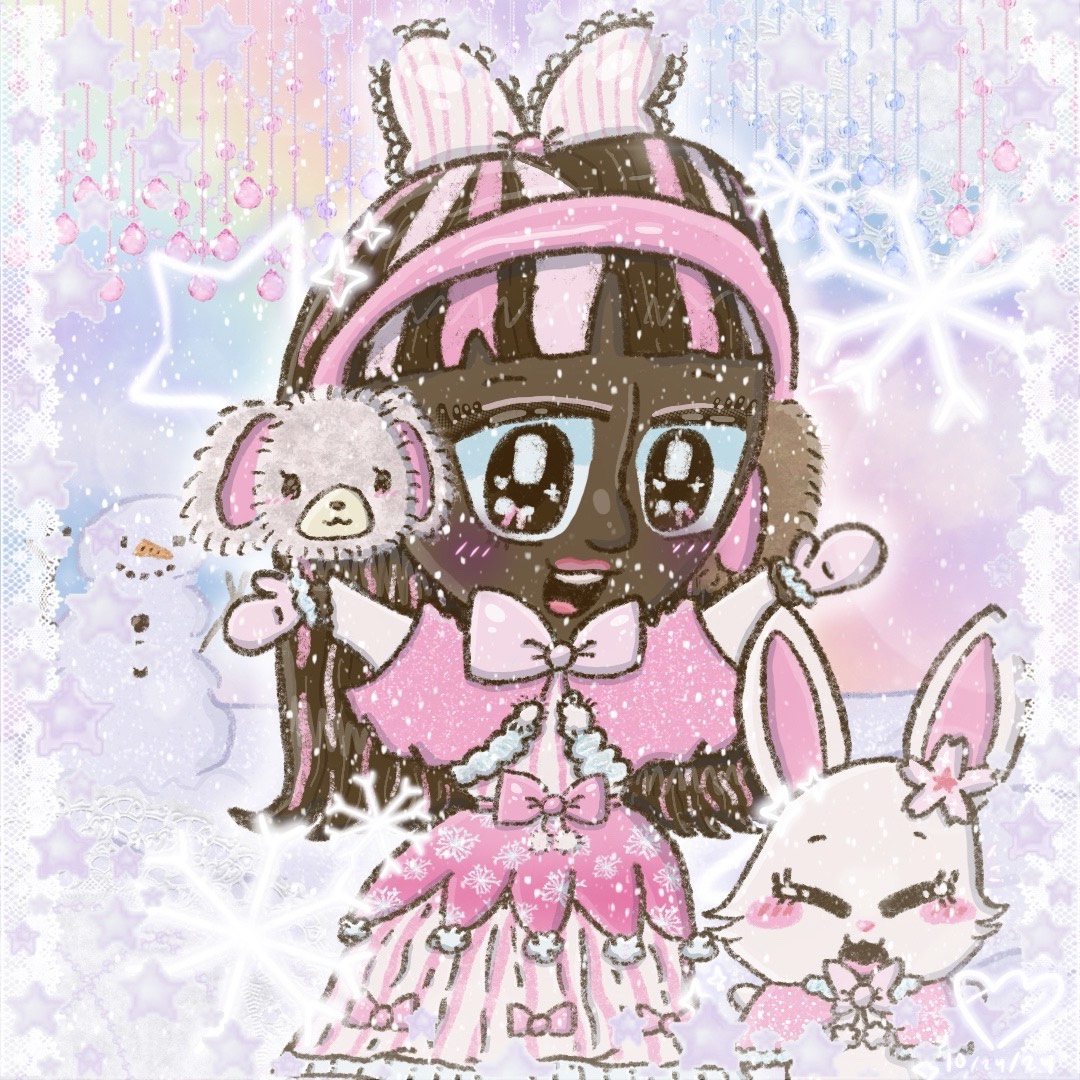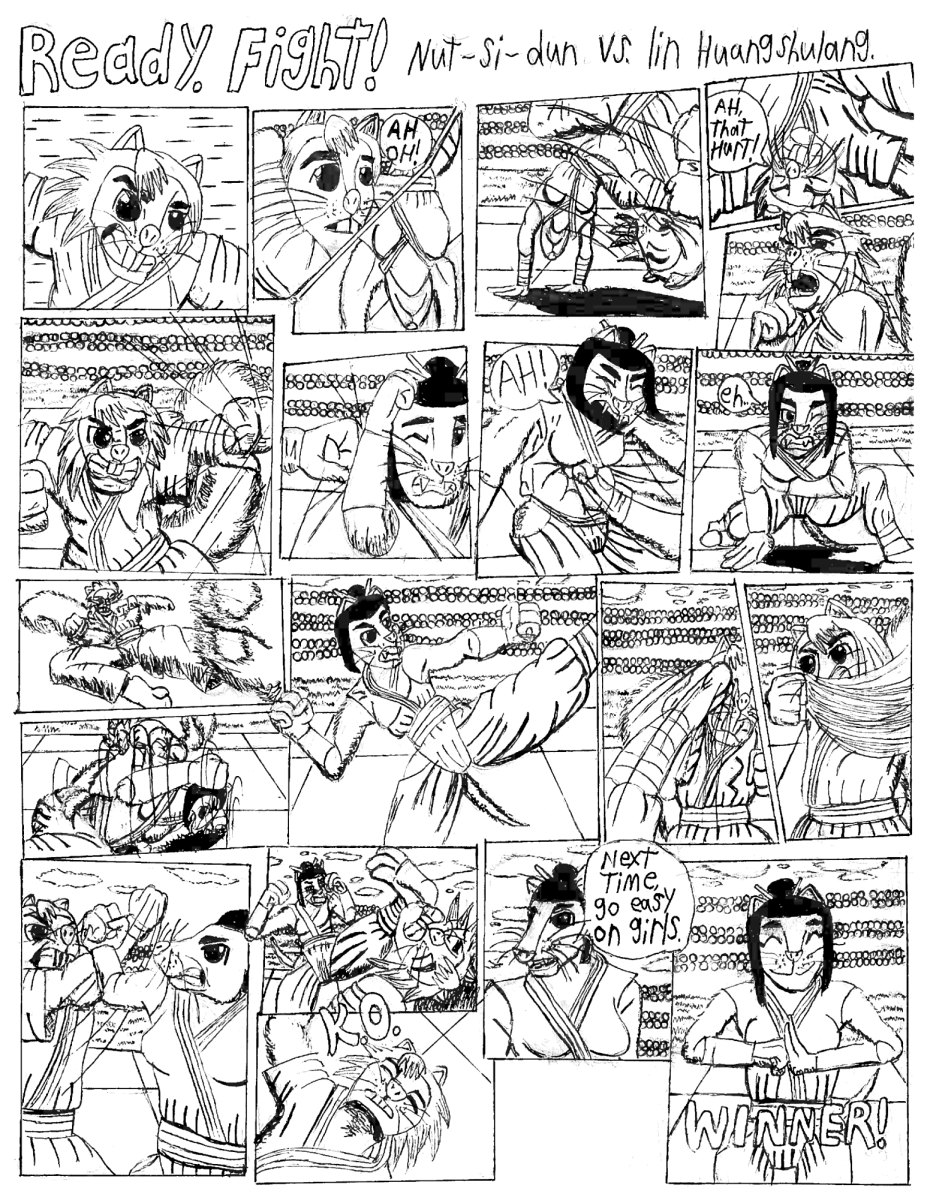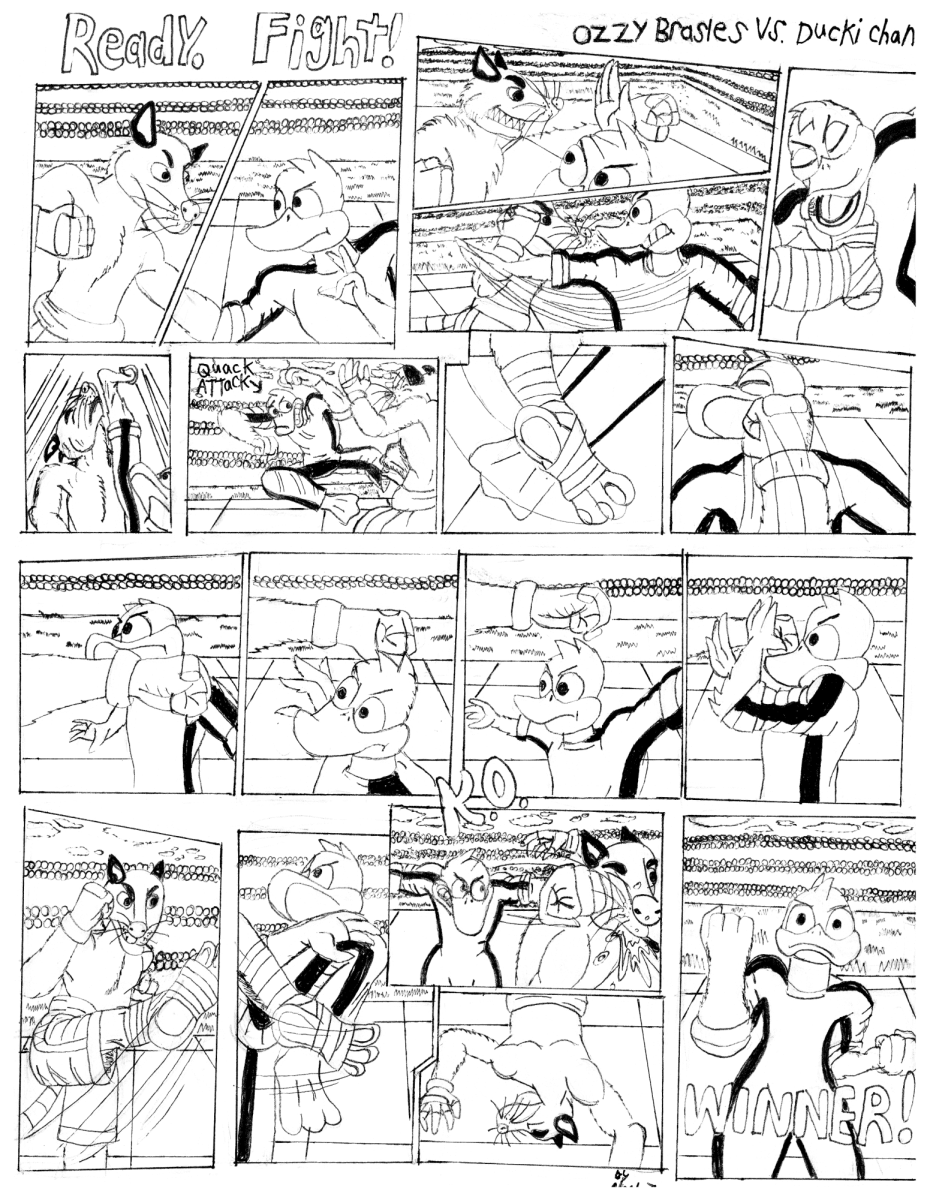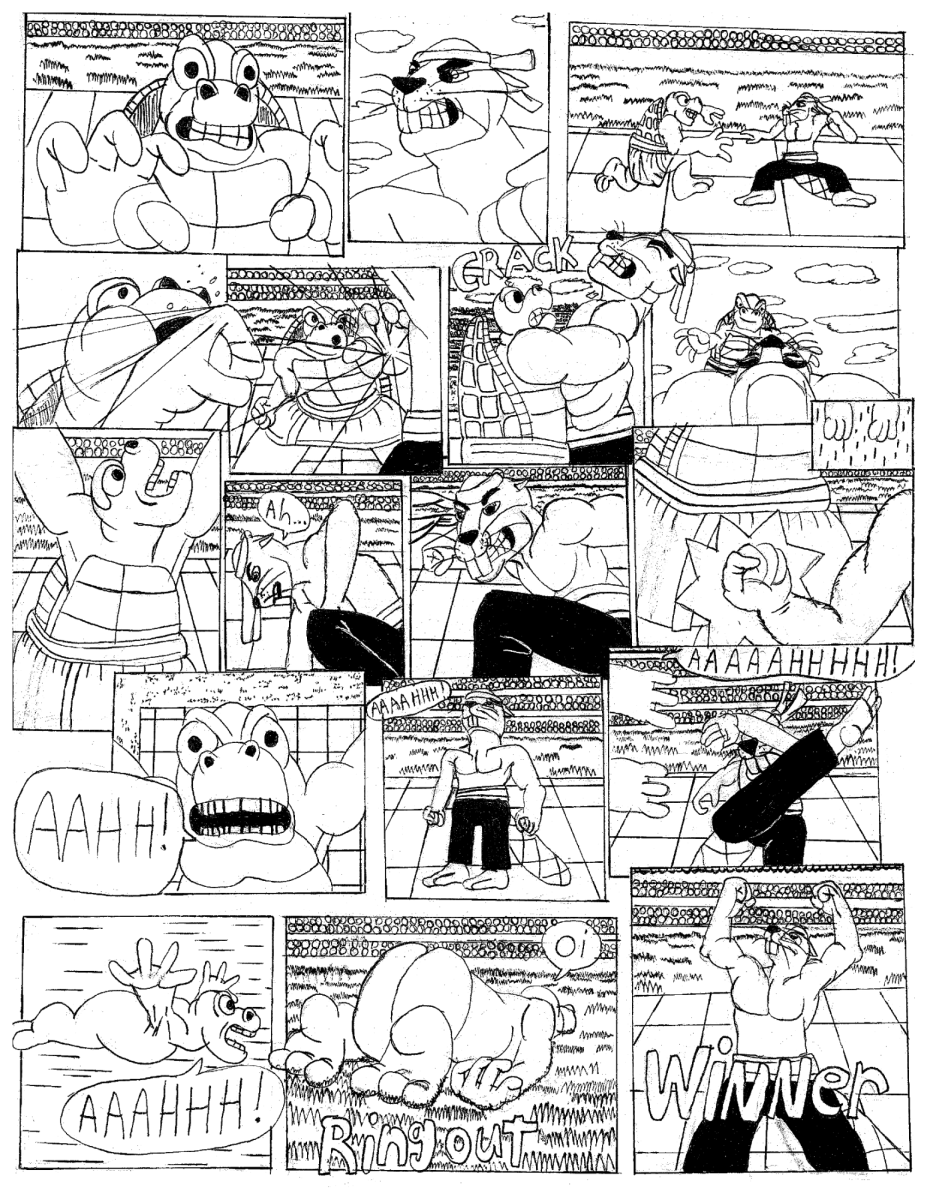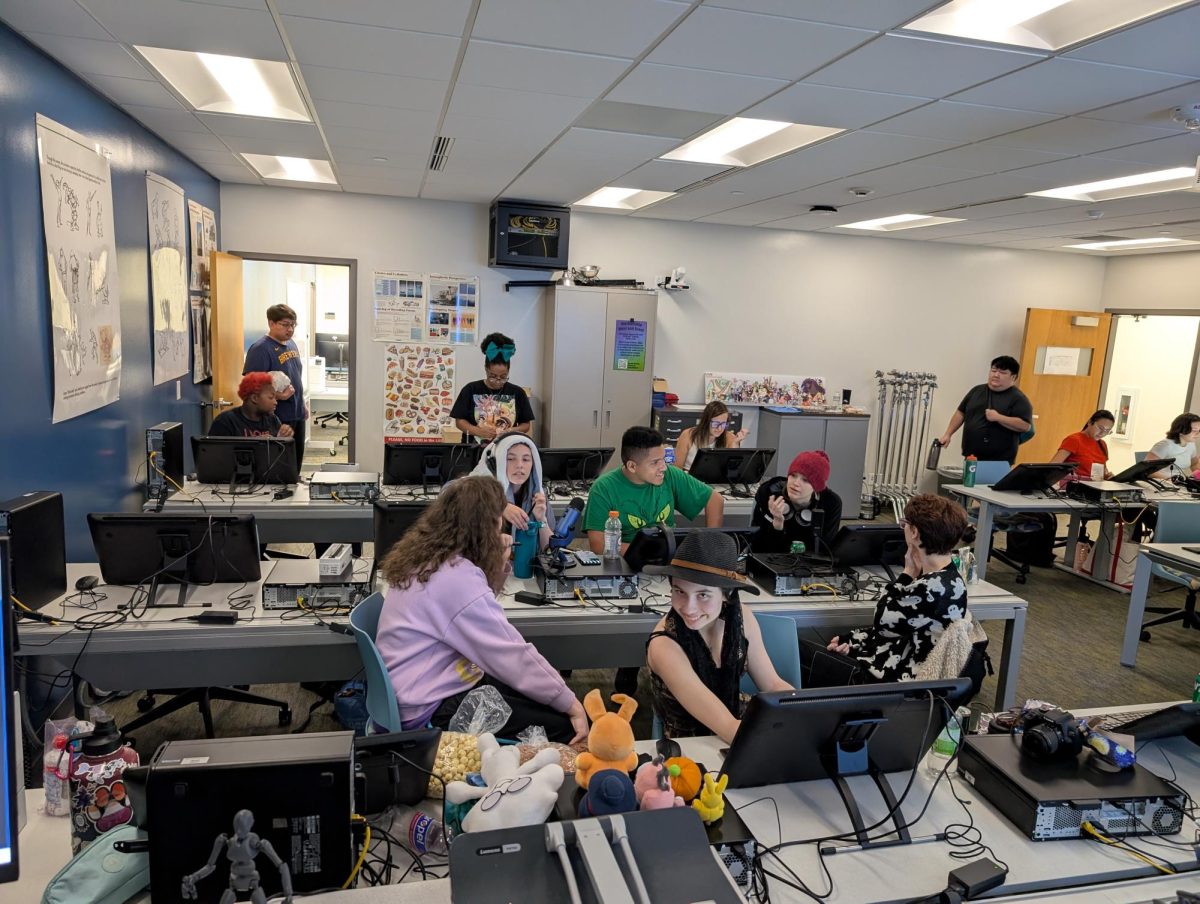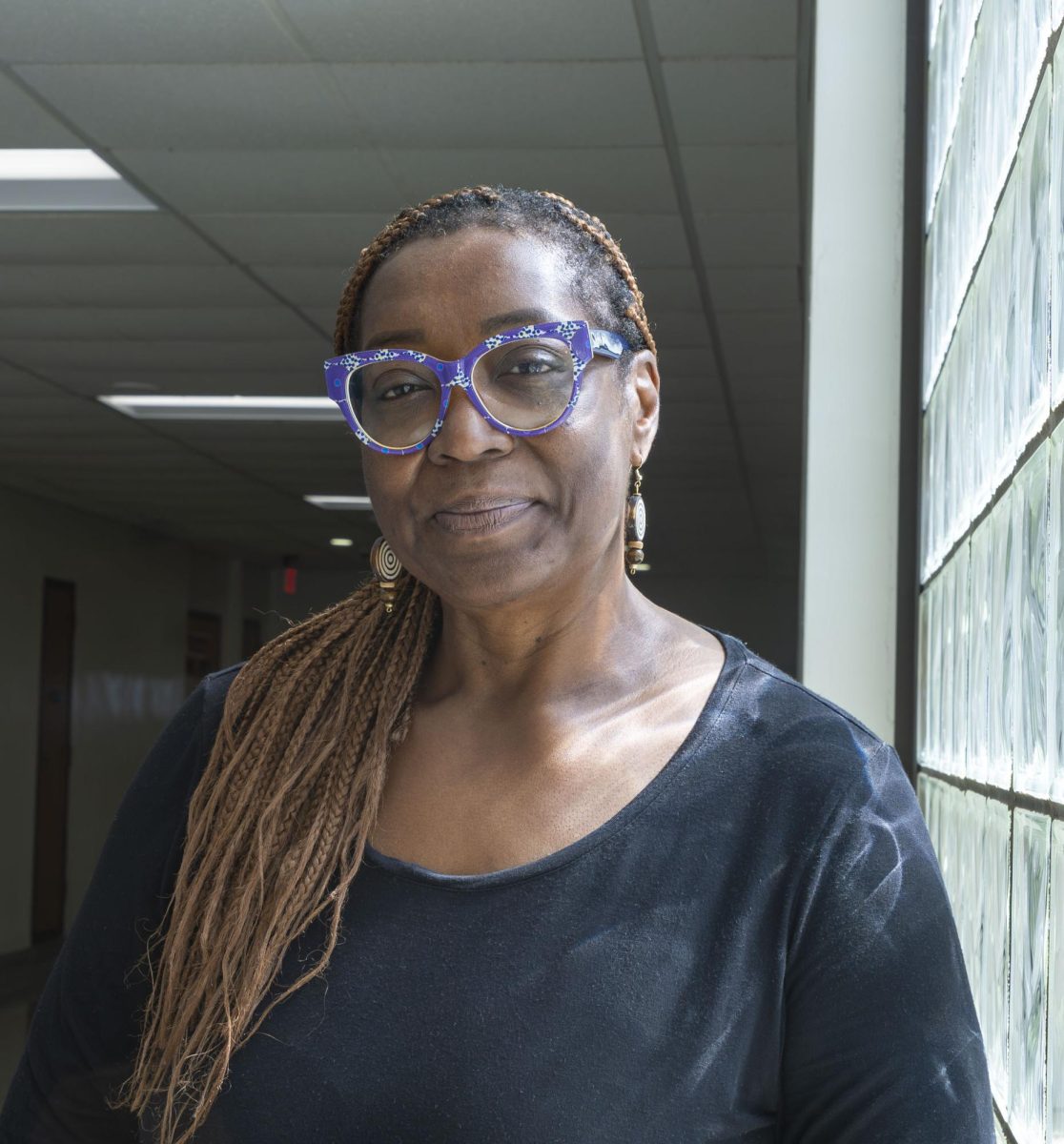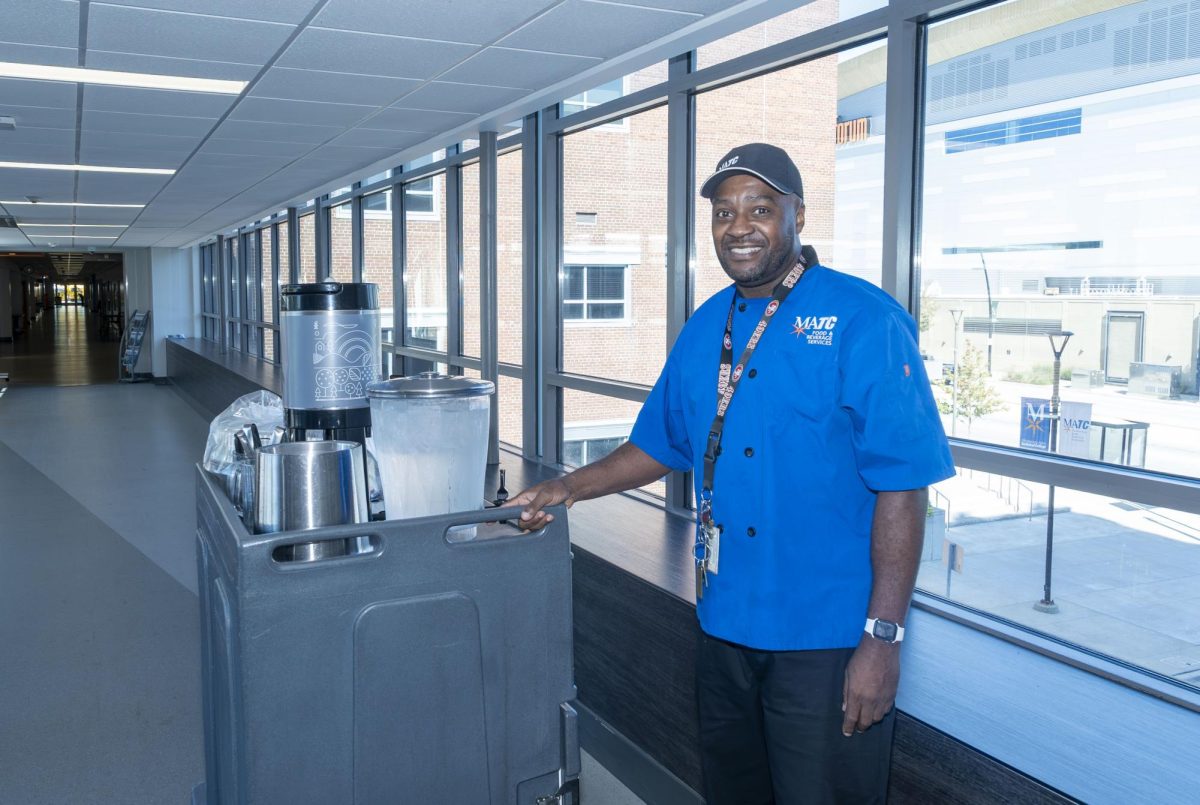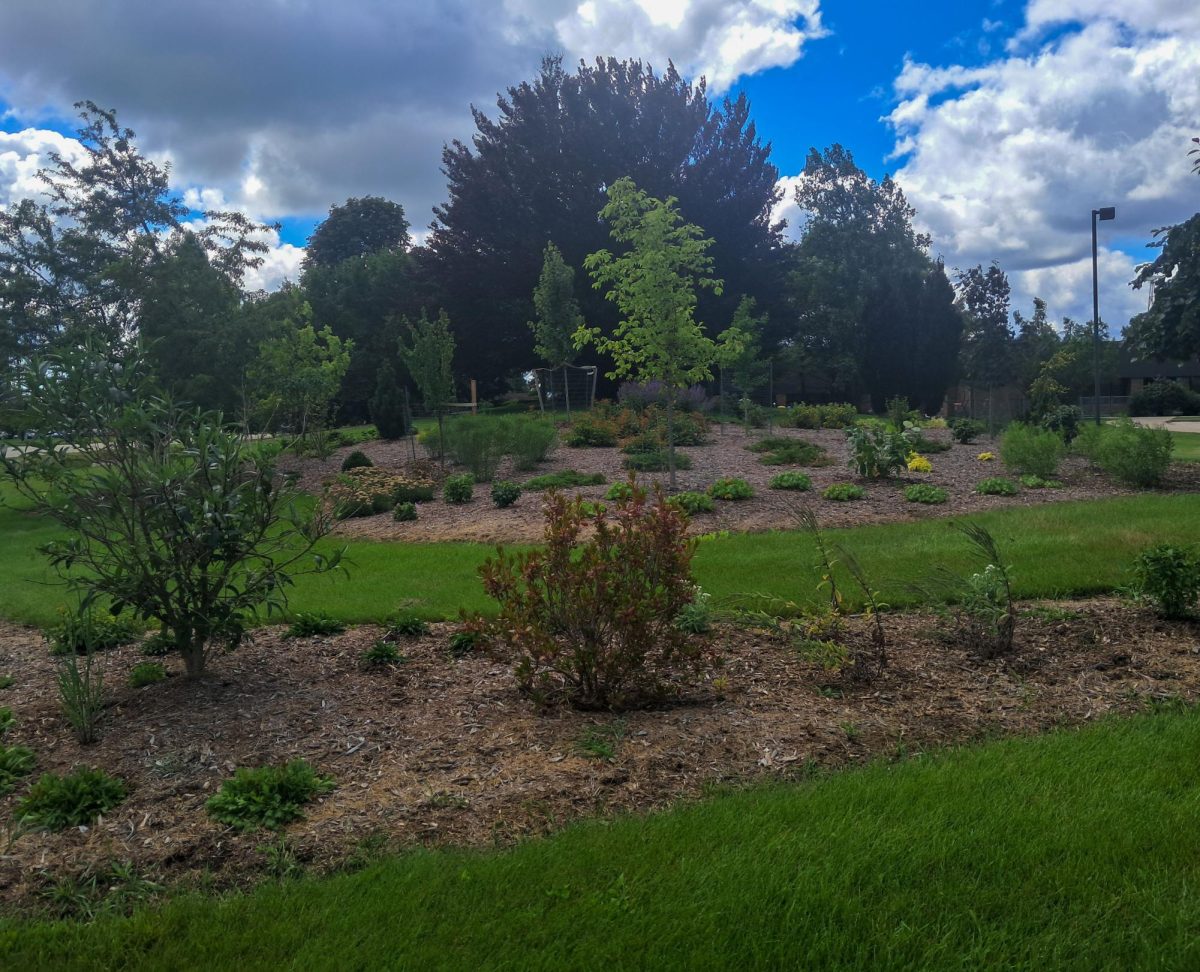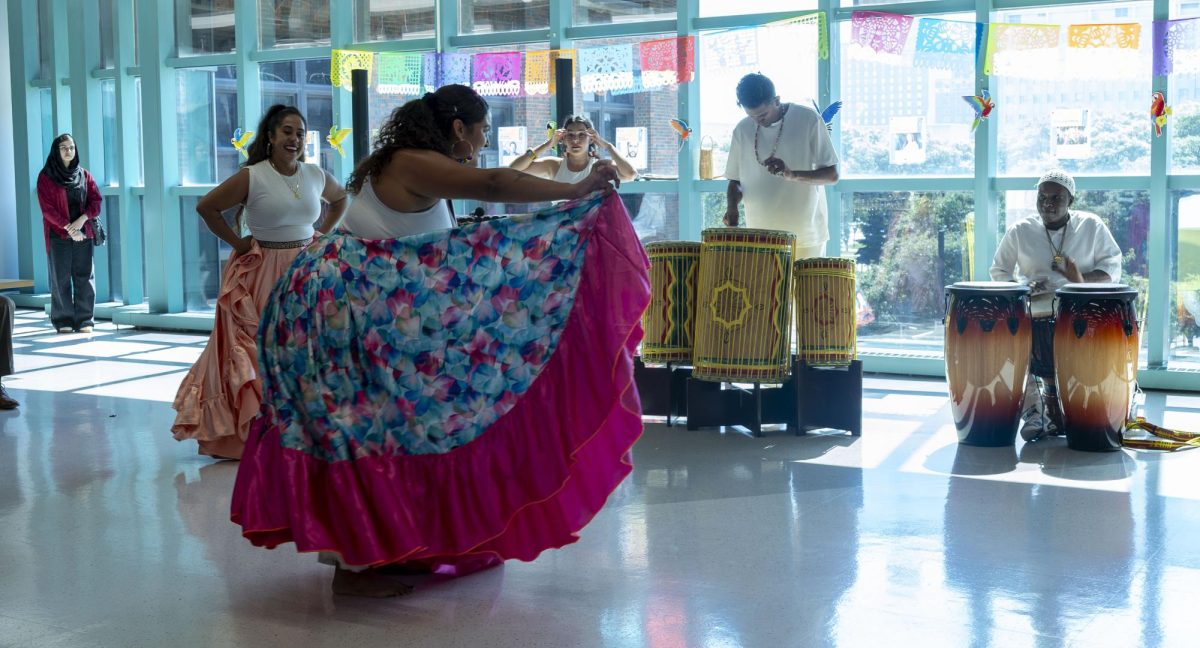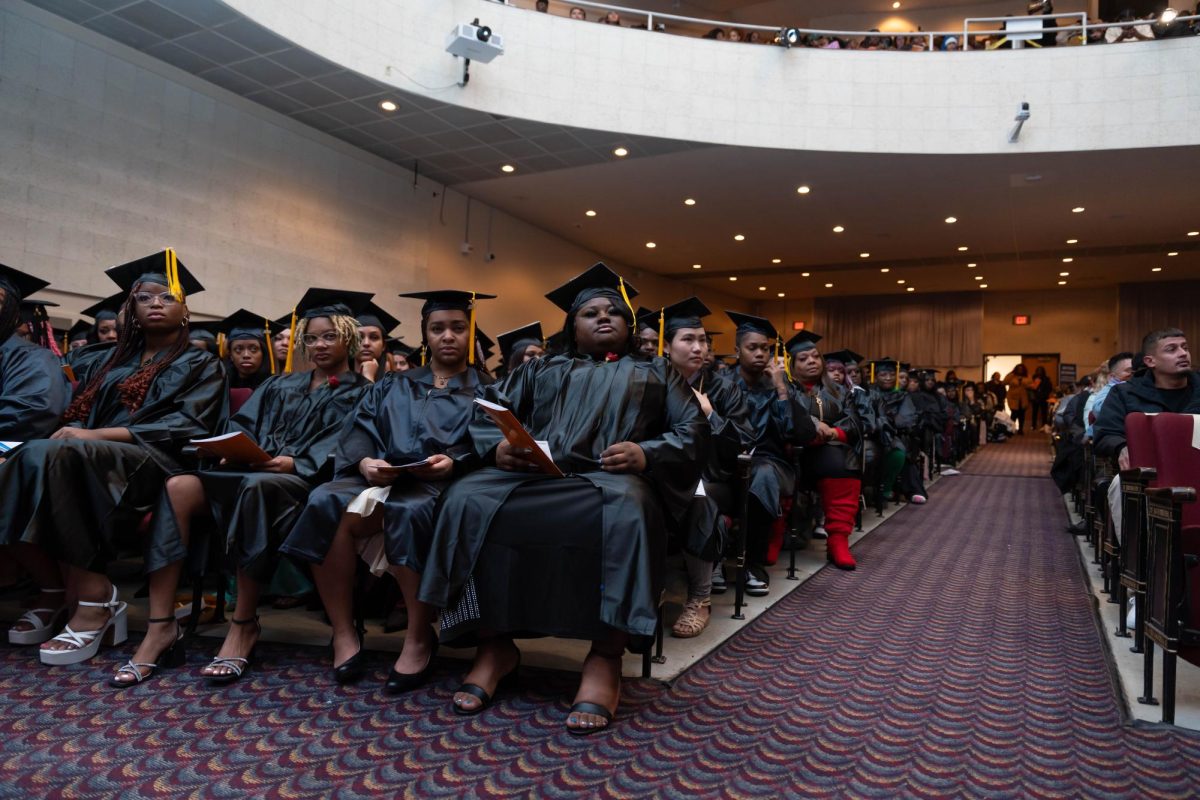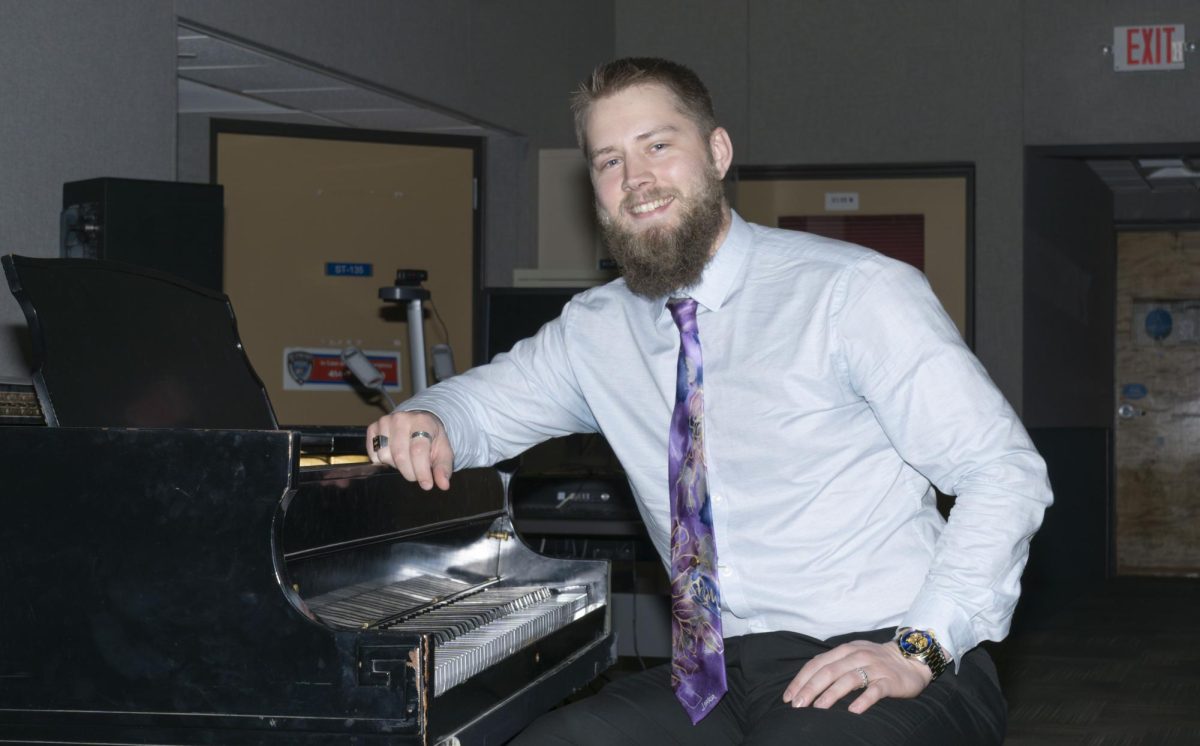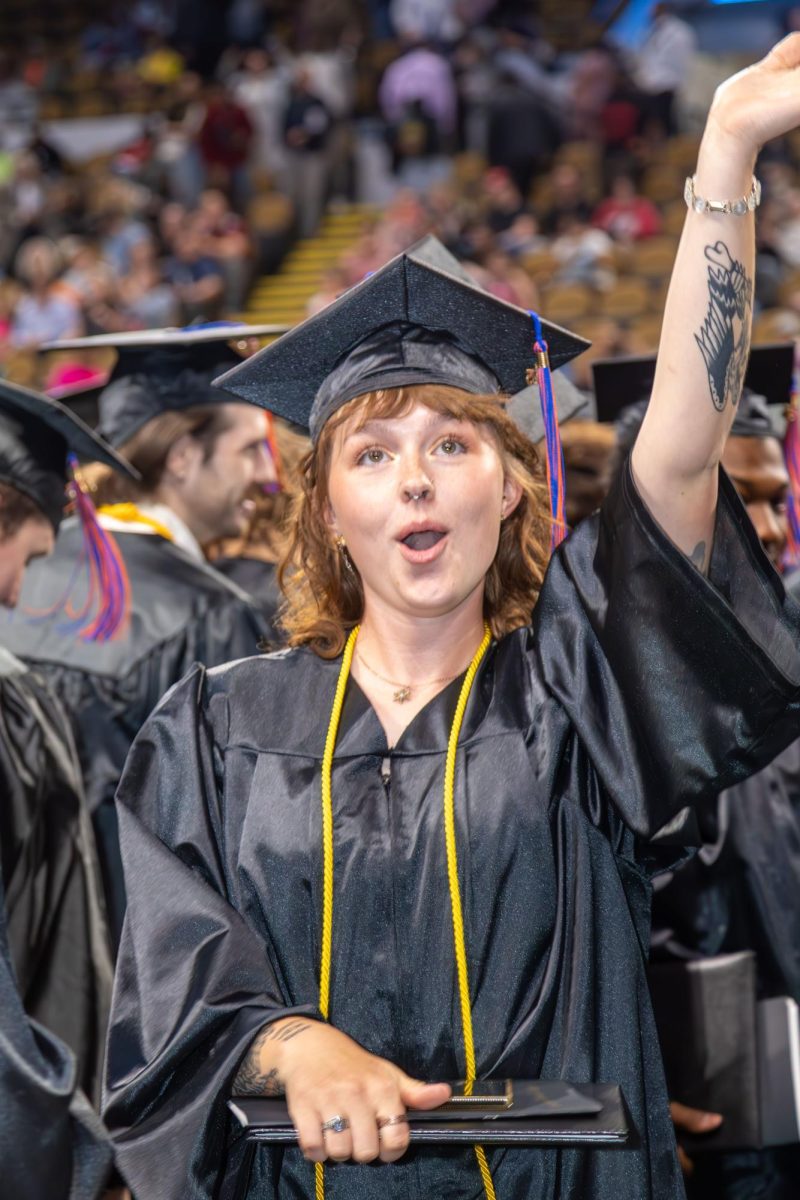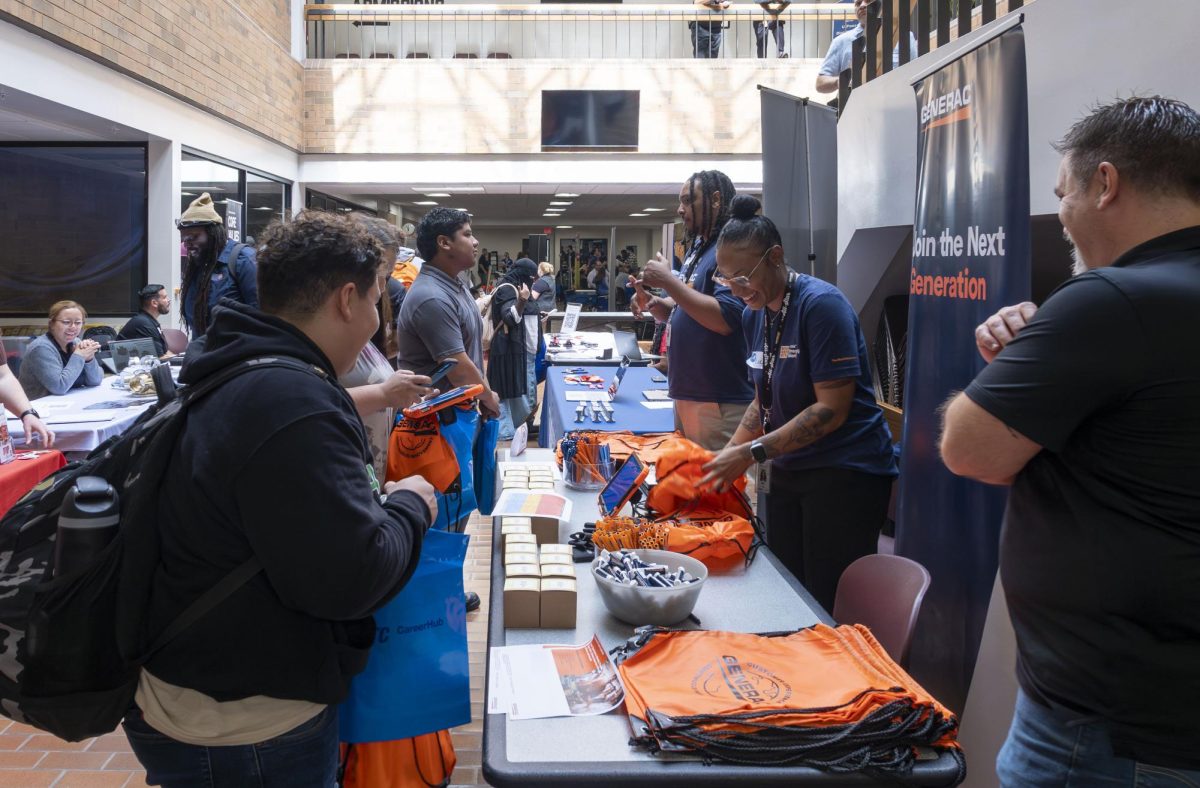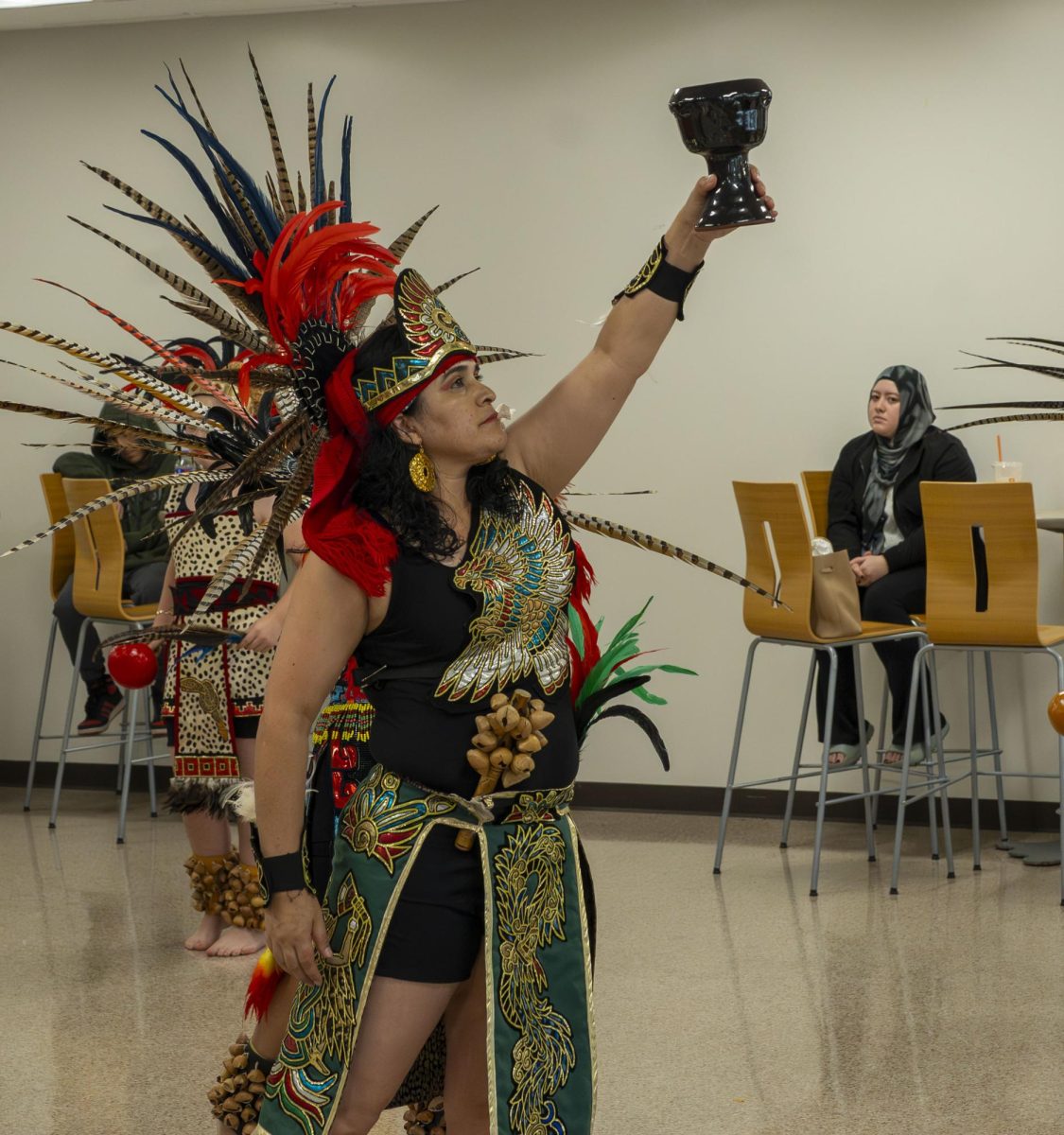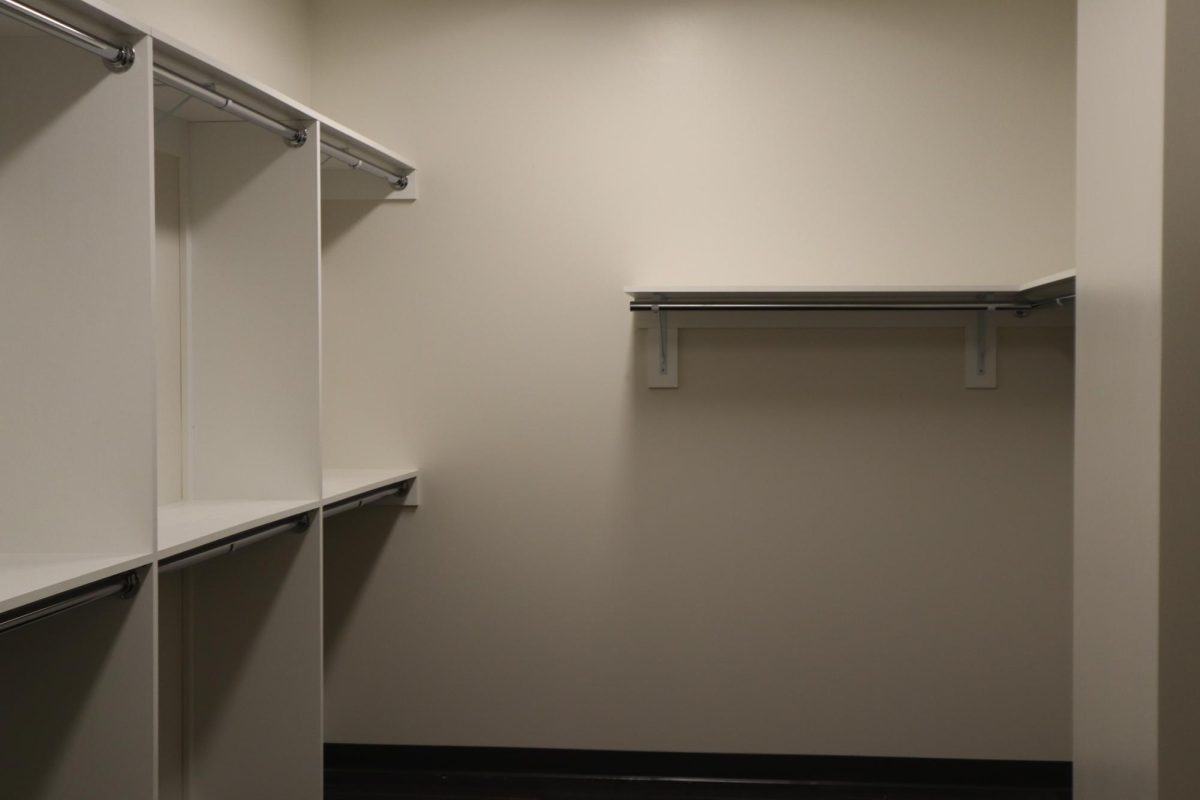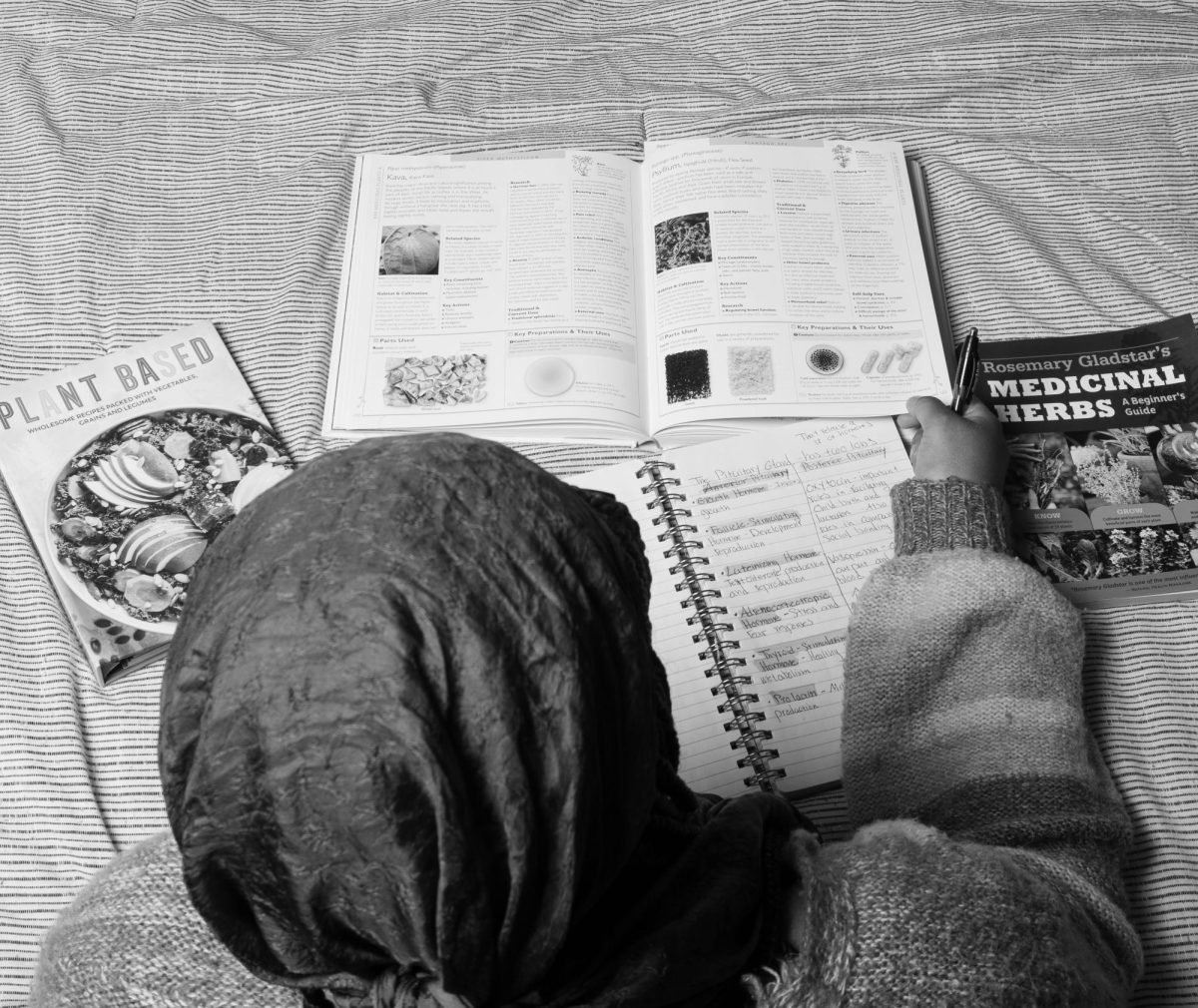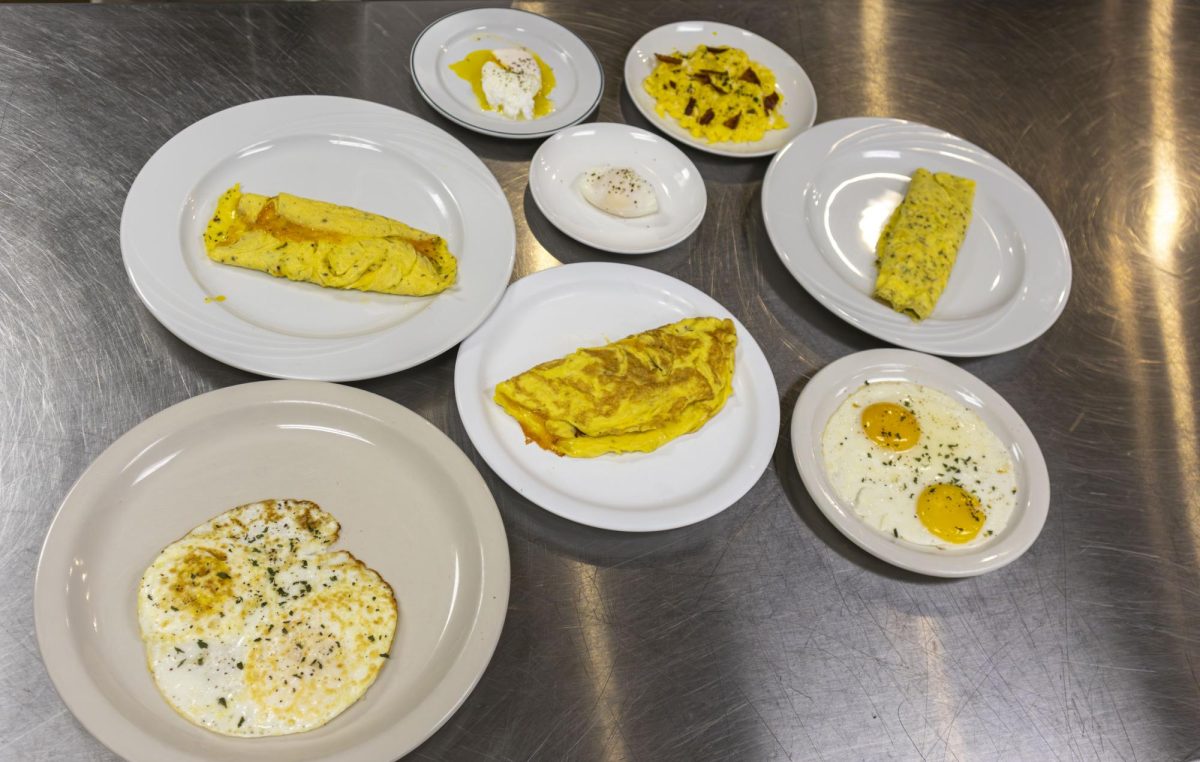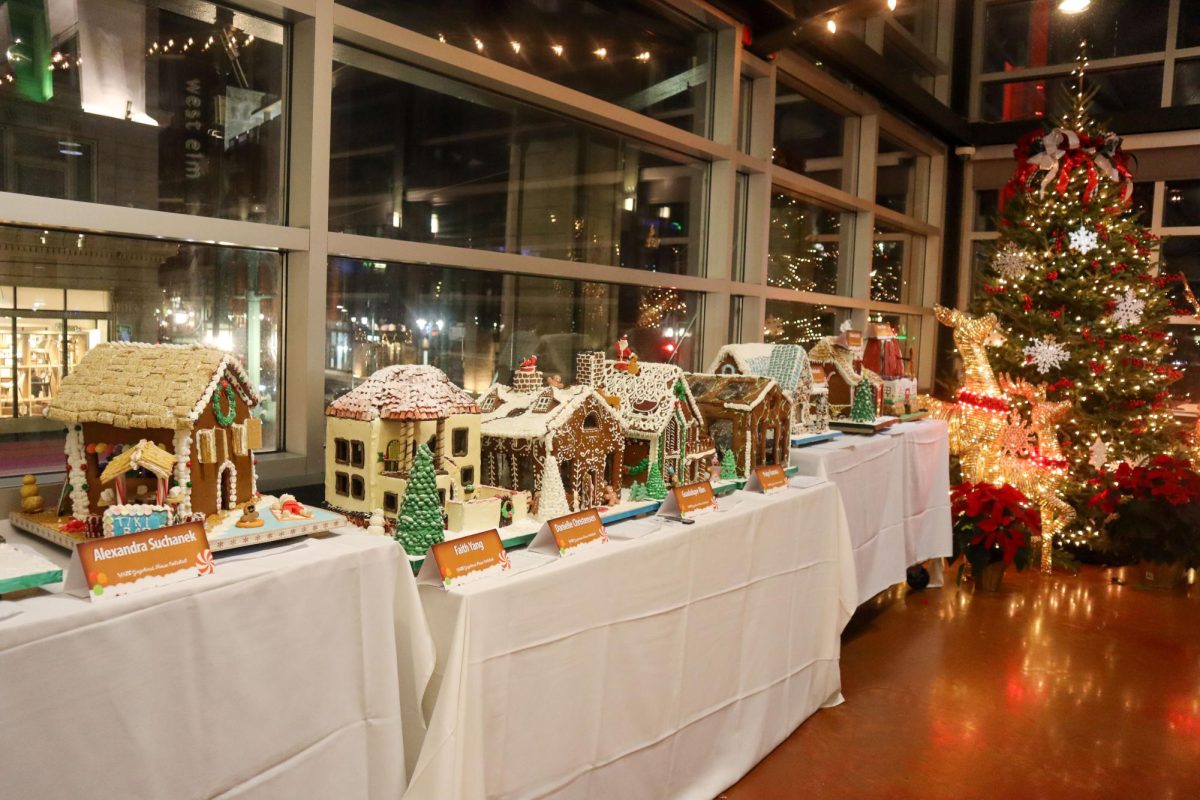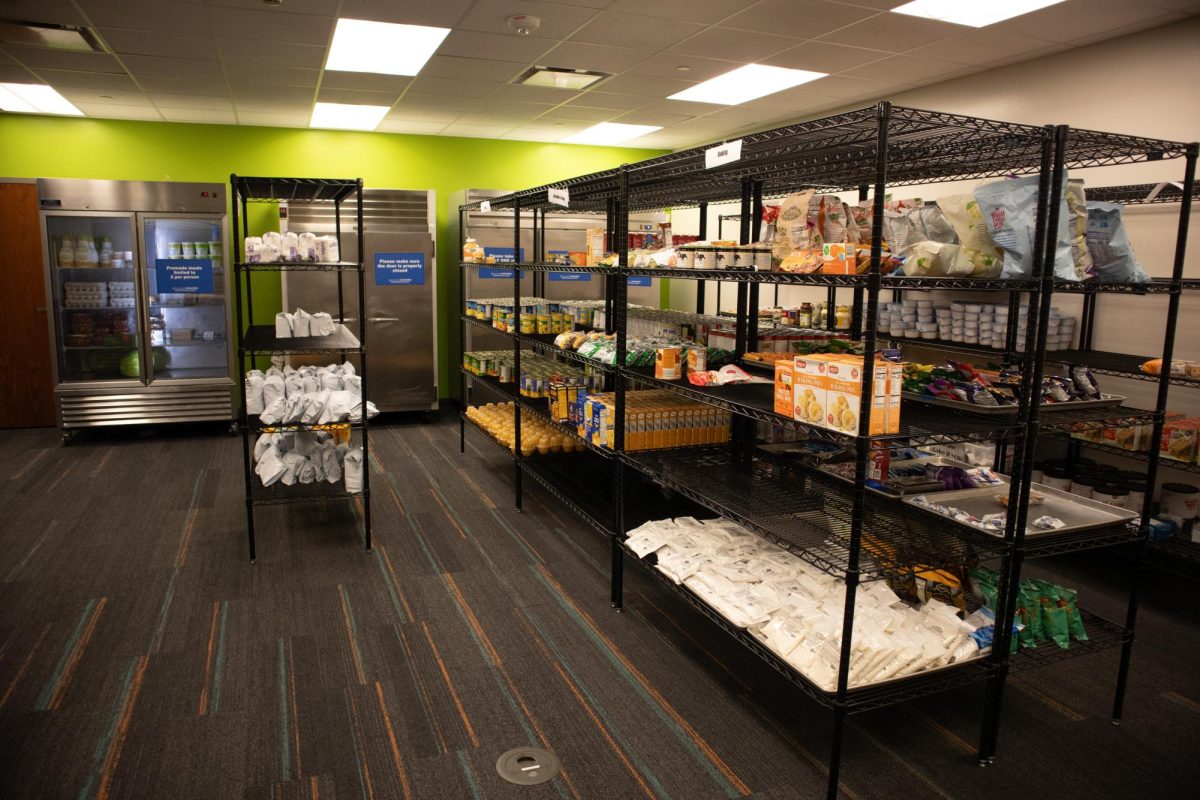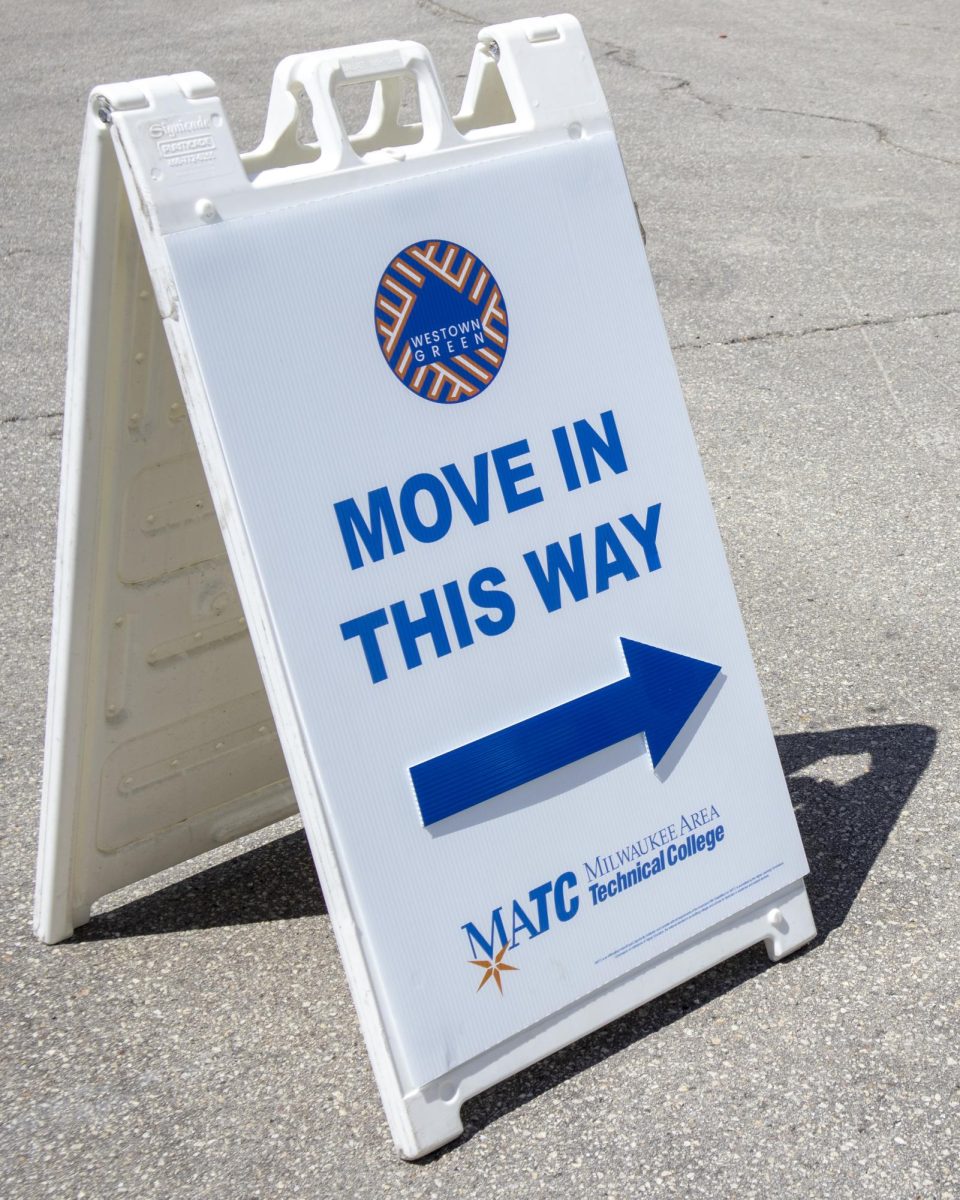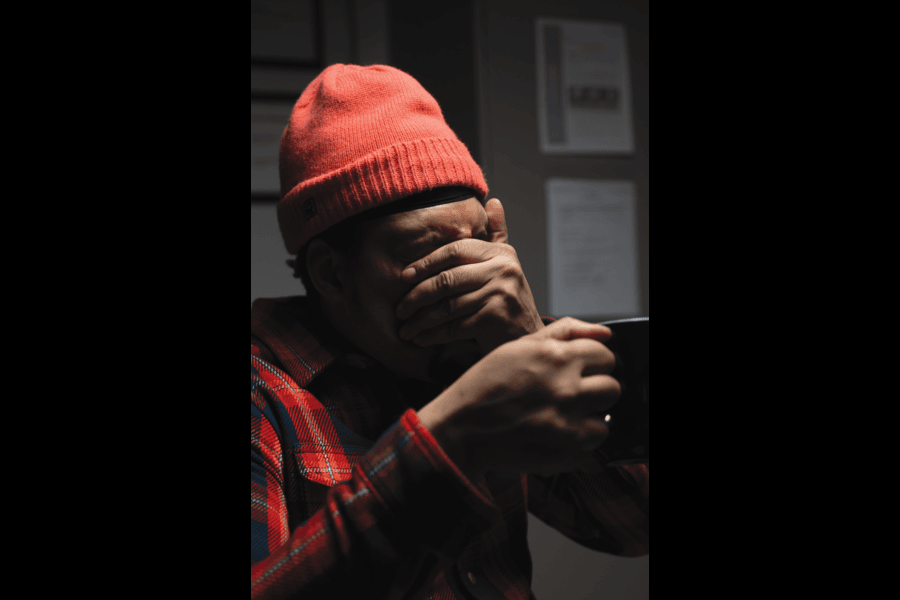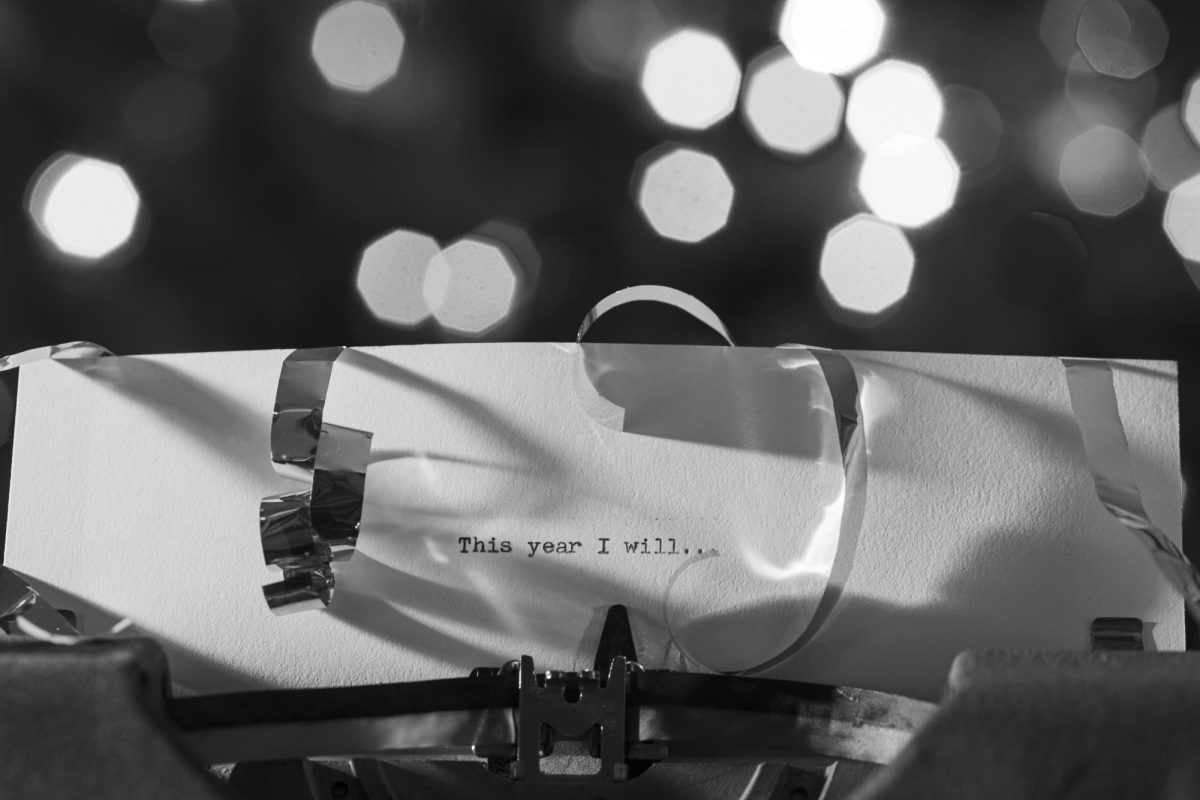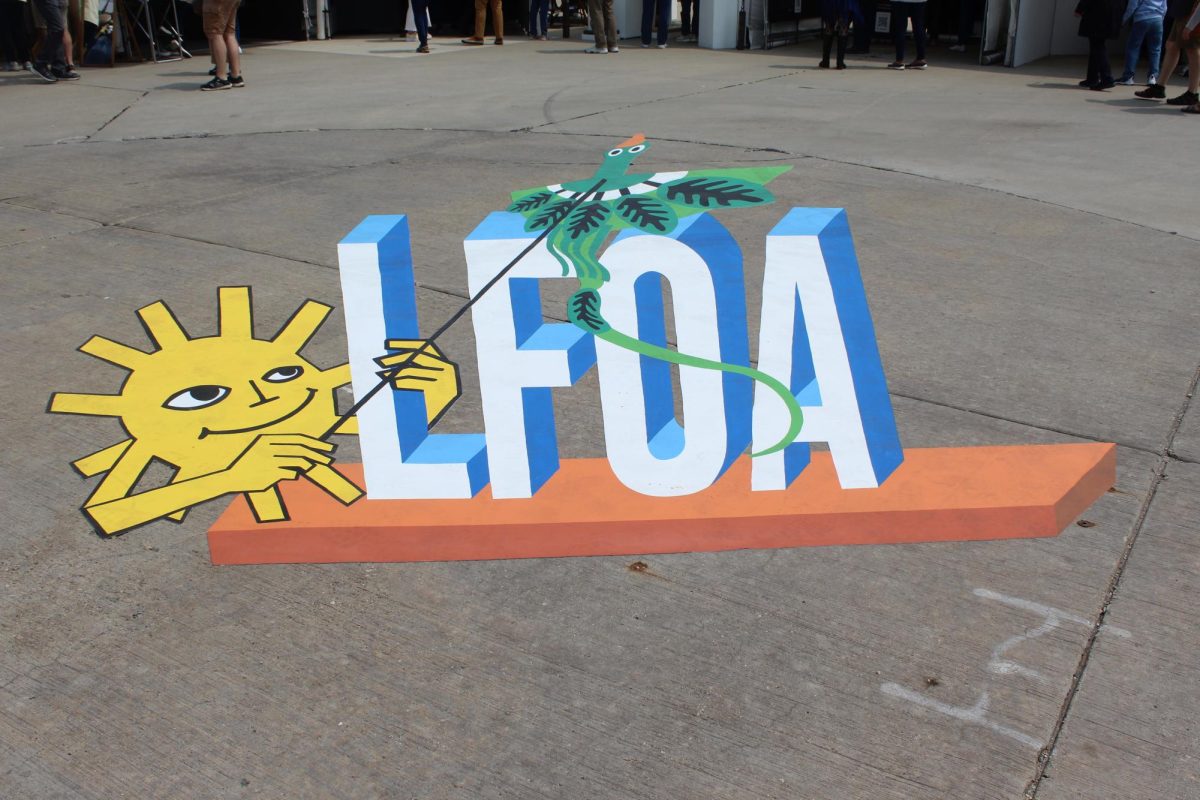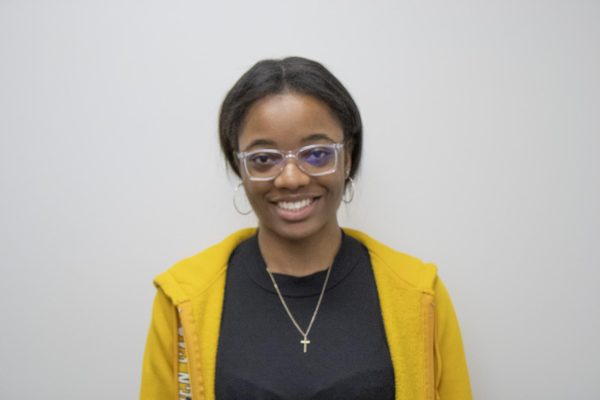Families and friends experienced the magic of art, with hundreds of talented artists from across the country and Wisconsin this past weekend. From stunning oil pastels to vibrant clothing designs, the Lakefront Festival of Art showcased a wide range of creativity.
Family & Adult Activities
Children not only embraced their artistic side by painting their own canvas, but they also enjoyed making new friends and wonderful memories. Meanwhile, the adults had found their way to enjoy the festivities, whether it was buying art, visiting the wine garden, listening to live performances, or exploring the galleries inside the Milwaukee Art Museum.
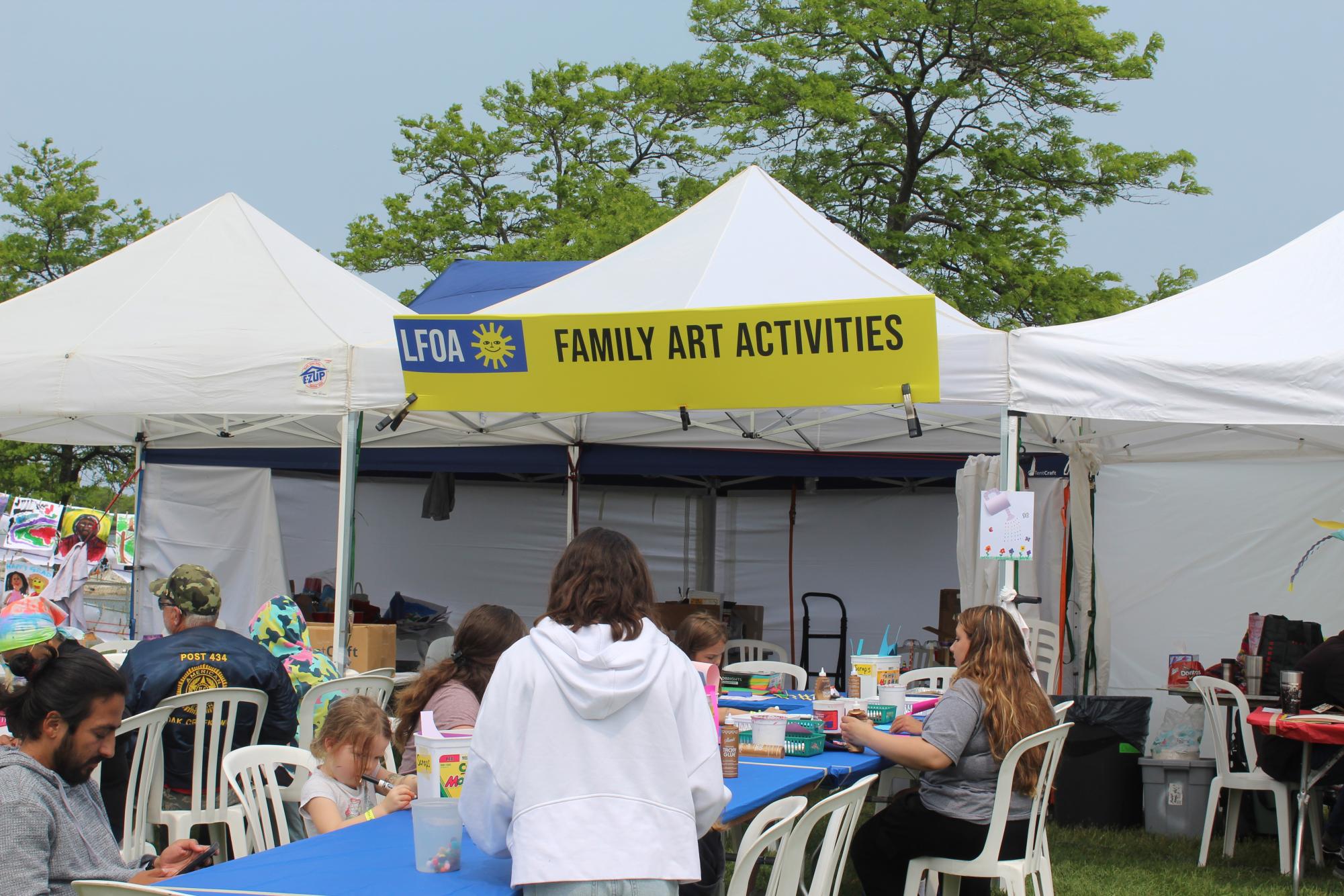
The Power of Womanhood and Femininity
Local Milwaukee artist Emma Daisy shared the power of femininity through her paintings. She connects with people, not only as a woman but also as a Korean adoptee. “In the Midwest, a lot of my work kind of stems from that; it’s a lot about the power of femininity and the struggle between beauty, resilience, and all the things it means to be a woman,” she says. She views the female form as a work of art itself. “Our society has sort of demonized women and women’s bodies,” Daisy said. Each of her artworks takes weeks to finish. Not only does she work in her studio and all over town, she’s also traveled outside Wisconsin and showcased her murals in Texas, Connecticut, Michigan, New York, and Illinois.
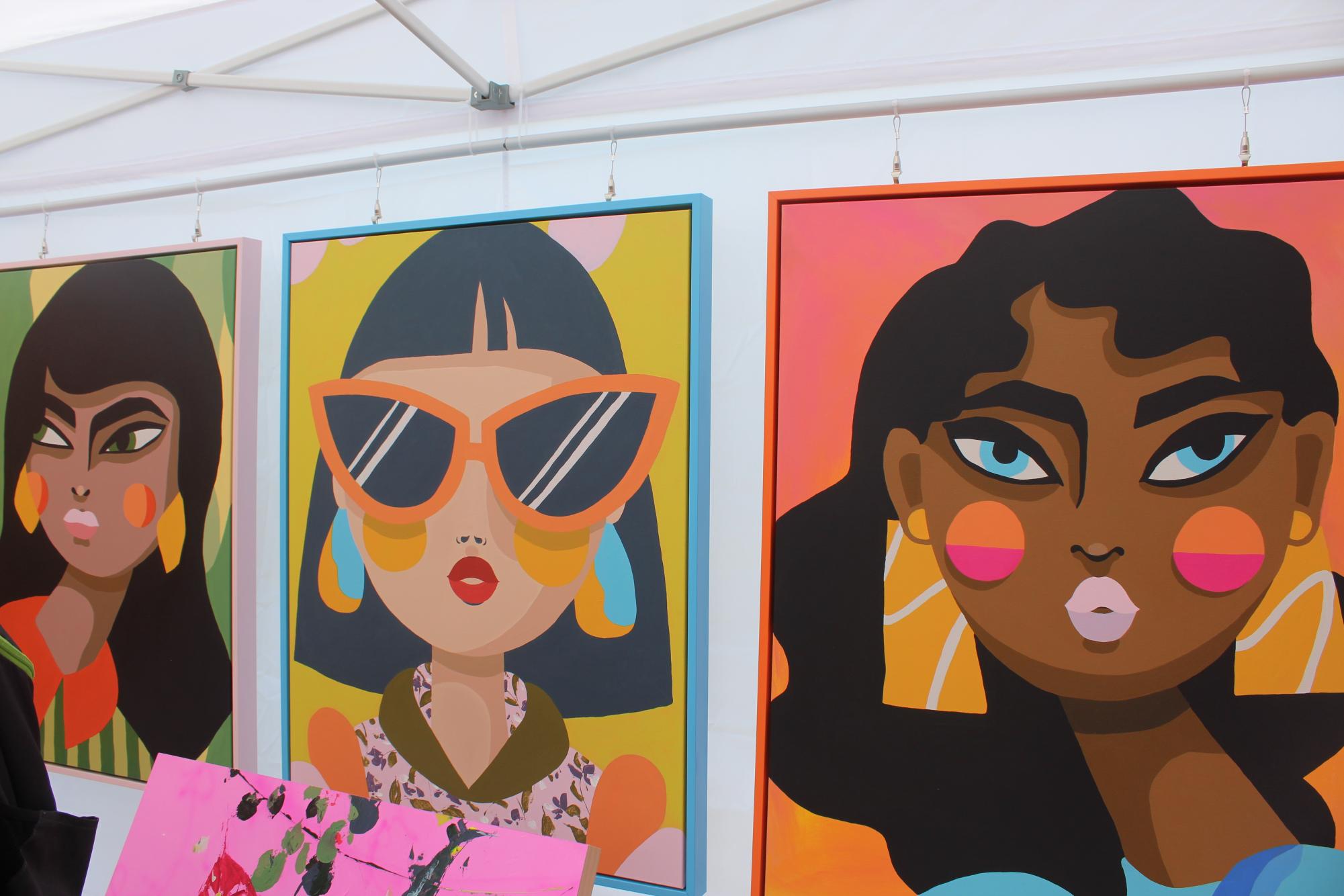
Making an Antique Modern
Missouri native Mick Whitcomb is an artist who transforms old antiques from local shops into modern creations. He explains that his biggest inspiration comes from collecting scientific innovations from the 19th century, which led him to craft these artifacts. “I’ve always collected base materials objects that have become functionally obsolete. The lighting adaptation was my attempt to showcase these items as they once existed in the past,” he says. Whitcomb also discusses the cost of the materials, noting that because these are notable artifacts, they cost more. “For example, the camera and telegraph started at $245. Then you have the other objects that are from $400 to $1,000, such as the typewriter and the periscope. Then it increases even more, around $3,600 to $4,800, which are the balance and theodolite floor lamps,” he said.
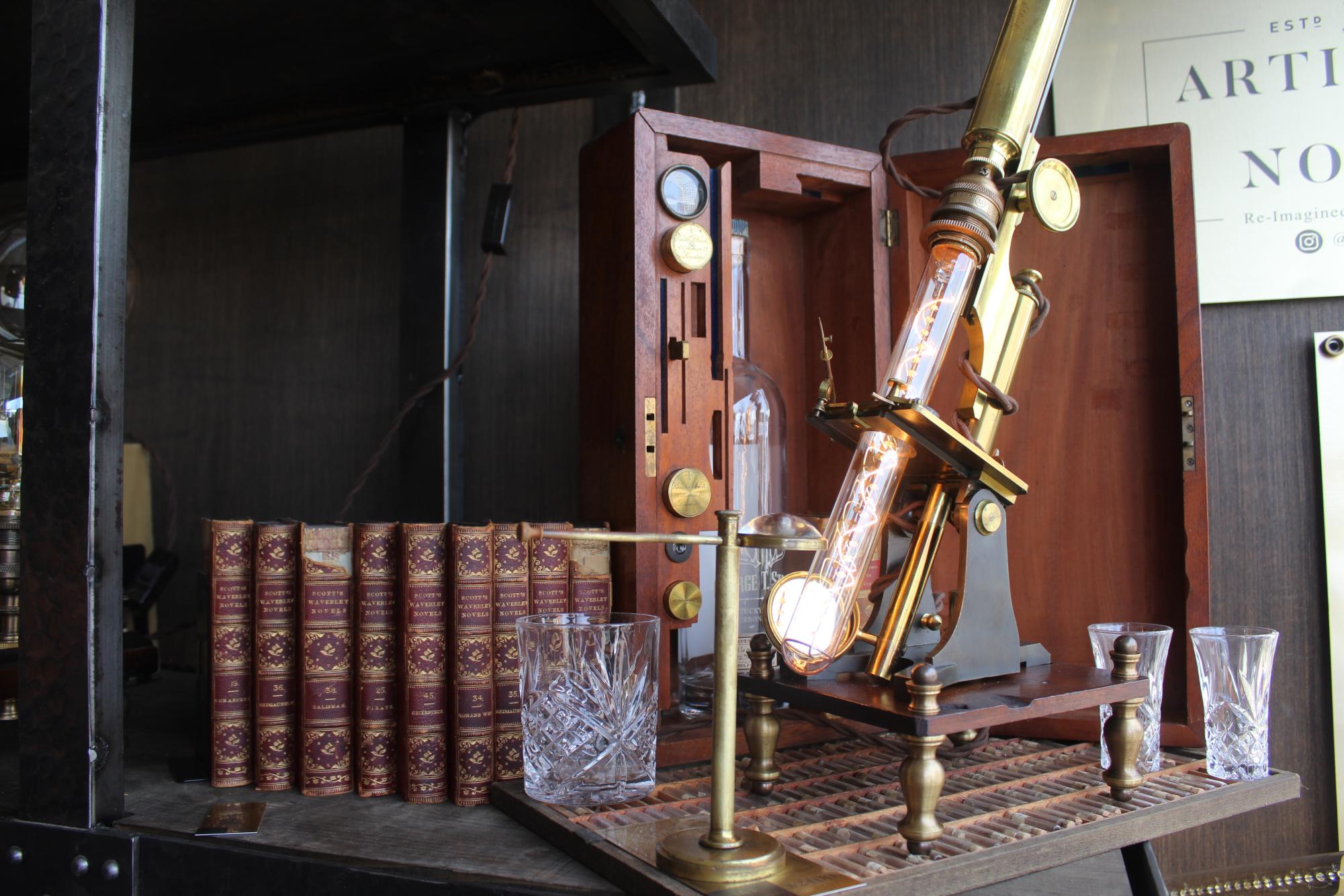
Turning Chain Links into Clothing
Michigan native Elaine Unzicker, who’s originally from Chicago, has a master’s degree in fine arts specializing in jewelry and sculpture. After graduation, she worked at a chainmail workshop, where she learned to make rings from wire. Once Unzicker perfected the technique, she realized the material was surprisingly soft and tried to figure out how she would make this fashionable for women. “I use a lot of stainless steel and I also incorporate color accents made from anodized aluminum,” she explains. She also adds how much time it takes to create her dresses, gloves, and ties. “It’s about a two-year process.”
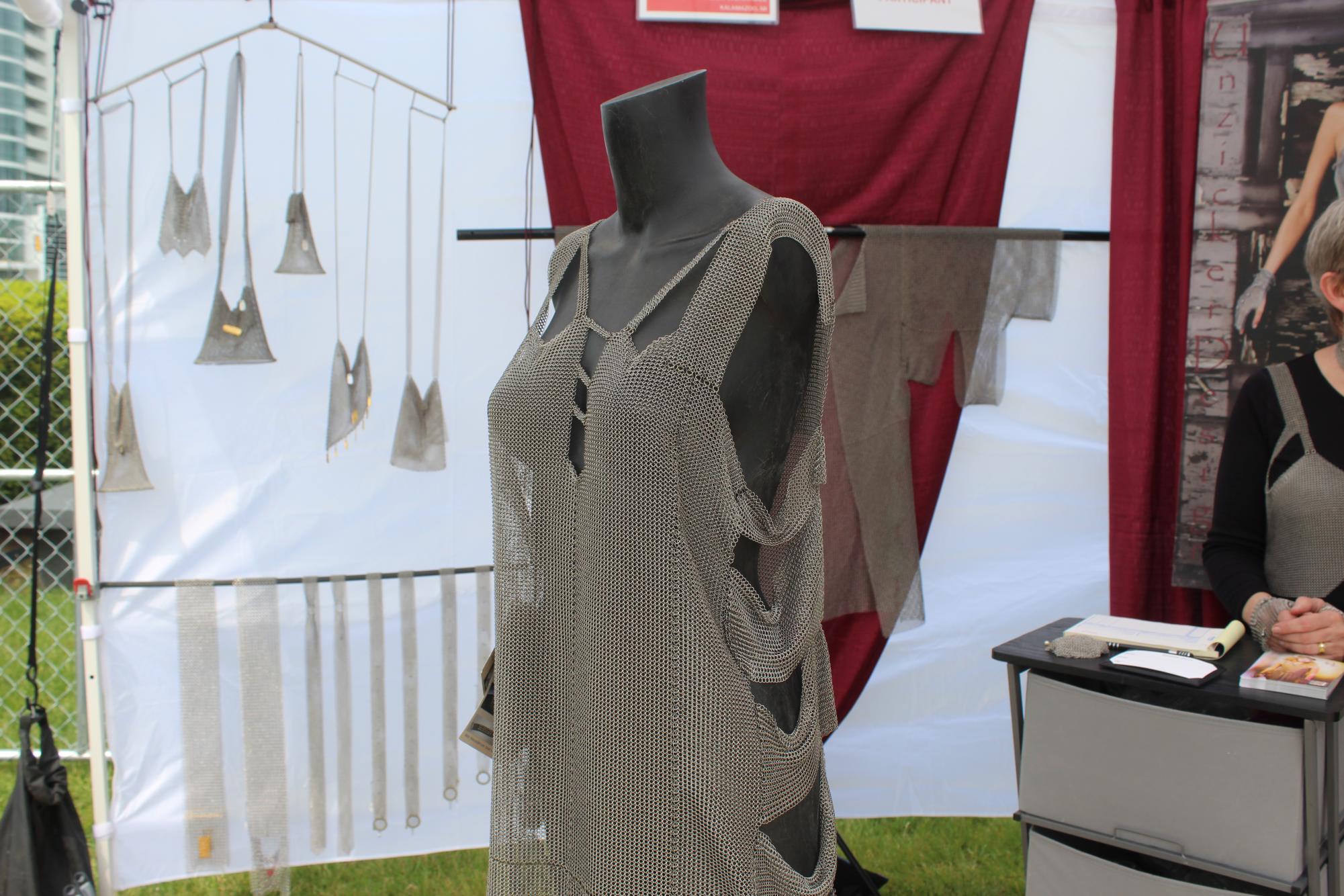
Making a Scary Place into Beautiful Scenery
Xavier Nuez is a local contemporary photographer from Chicago. He primarily takes photos at night, using specialized lighting equipment to capture the nighttime scenery. “I try to turn ordinary or ugly, scary places into something beautiful,” he says. Nuez mentions that he uses a 50-year-old film camera. “For 30 minutes, I walked around with the lights in my hands, doing all this while dressed in black, so it’s hard for the camera to see me, as long as I keep moving, I’m completely invisible,” he said. His most ambitious project was capturing an image of a mushroom he crafted in his studio; the process took about 30 hours to complete. “With the mushroom photos, it has to be done right away, I cannot take a break and come back in a couple of days because the mushrooms would be no good,” he said. Another project at Lakefront Festival of Art featured a photo of the beach, which he captured using a tripod and a timer, as the camera is set to take photos while he moves around, using the lights to enhance the scene.
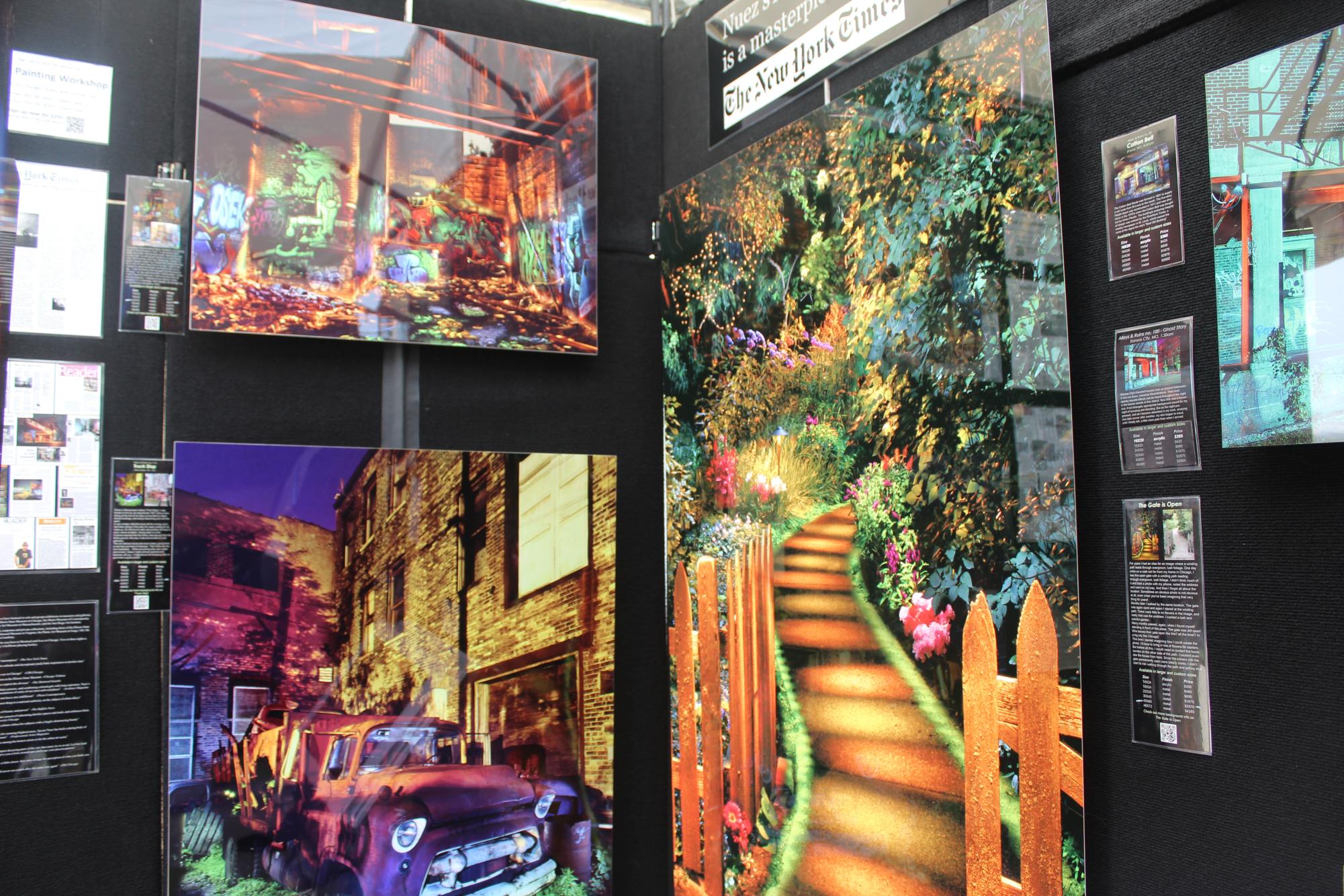
Behind every art piece lies a story, whether it’s a love for antiques, expressing the power of femininity, or turning the most unpleasant places into something beautiful. Each artist carefully considers their work, determining its value before selling it.


